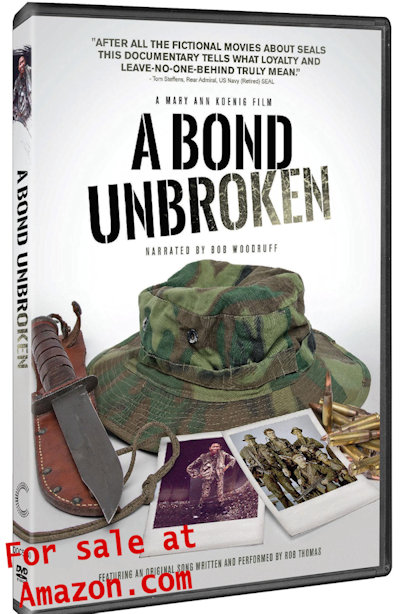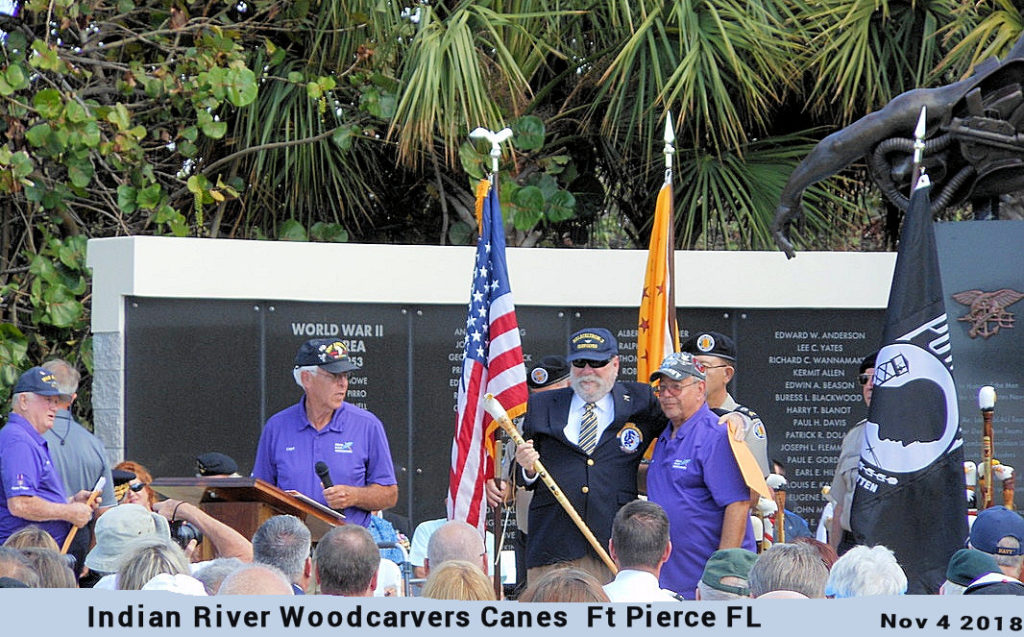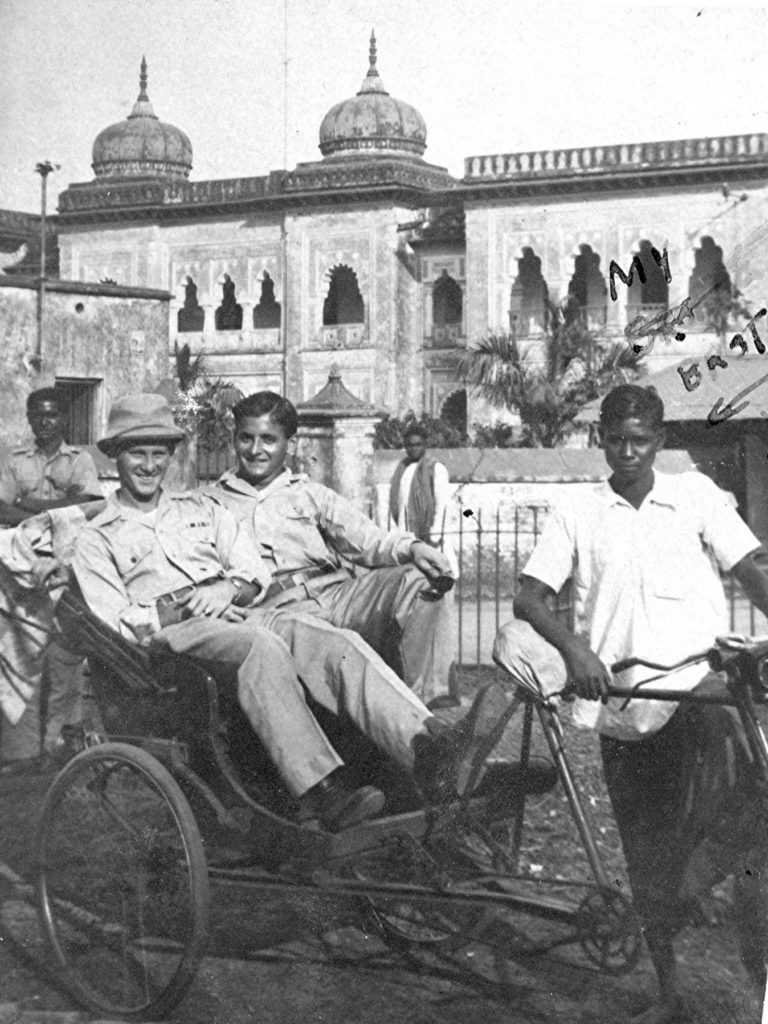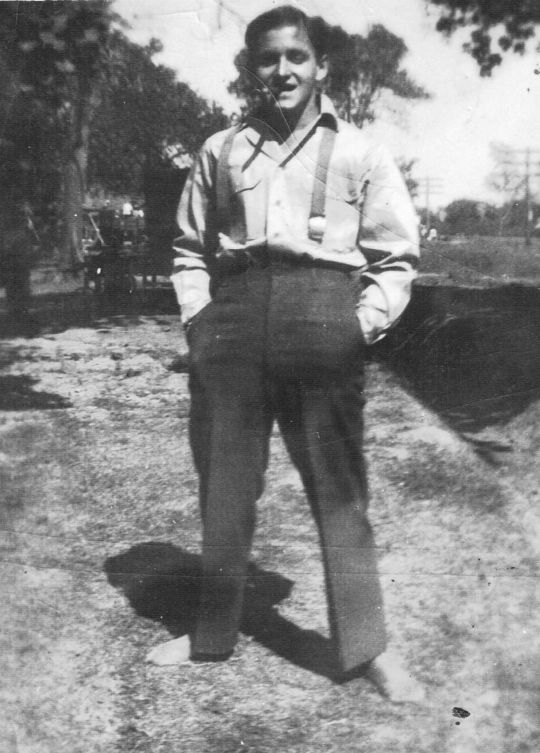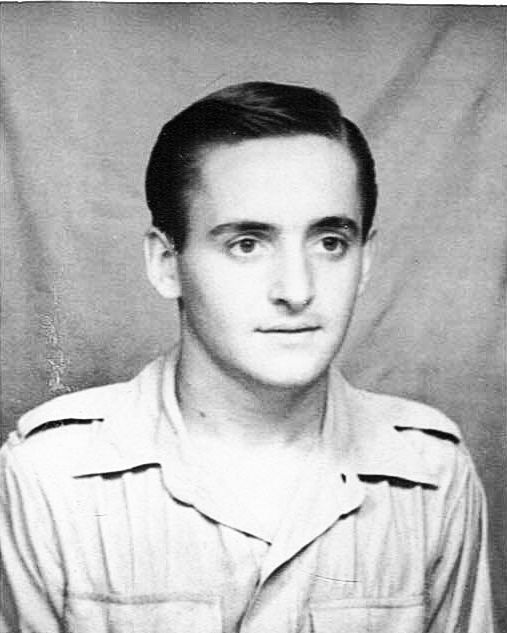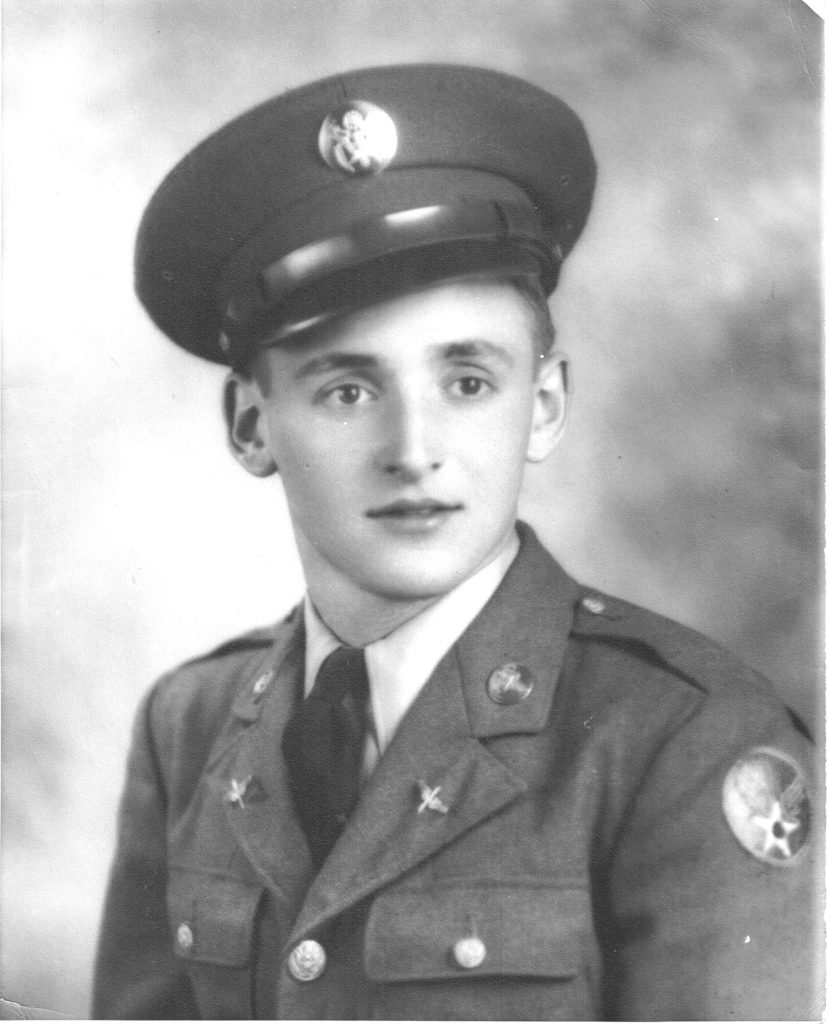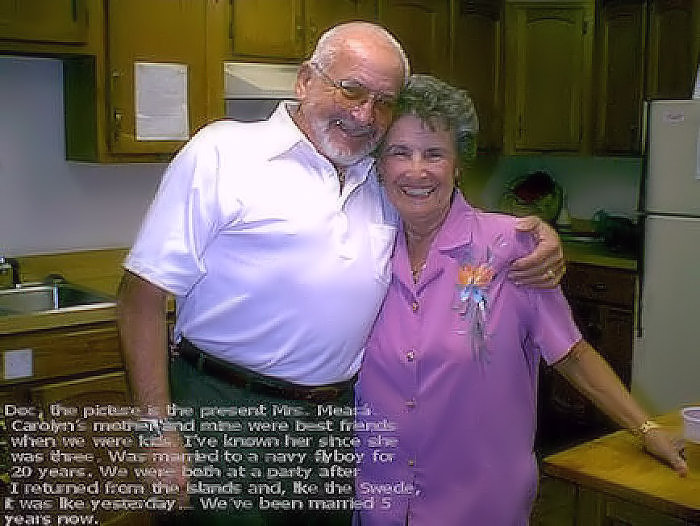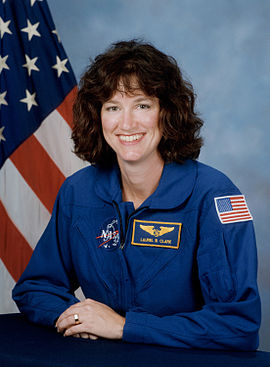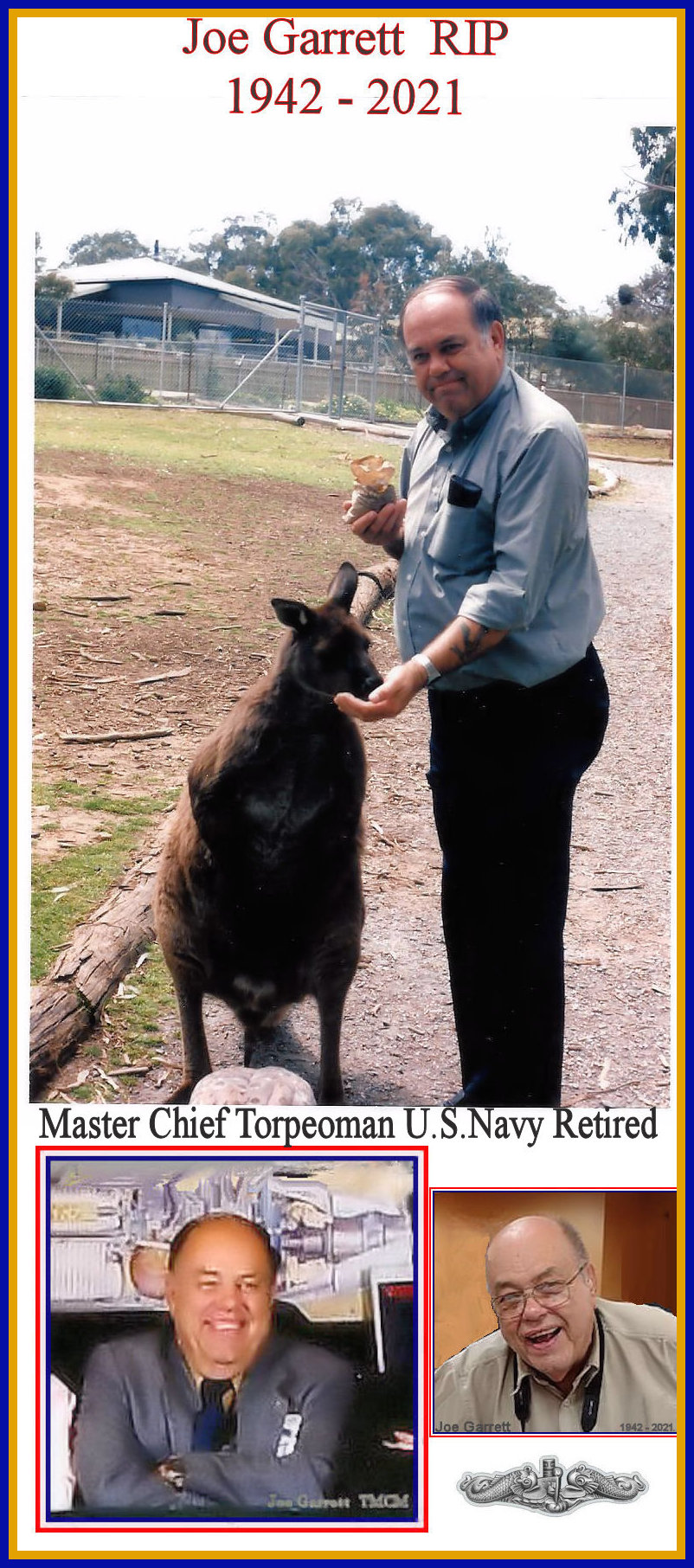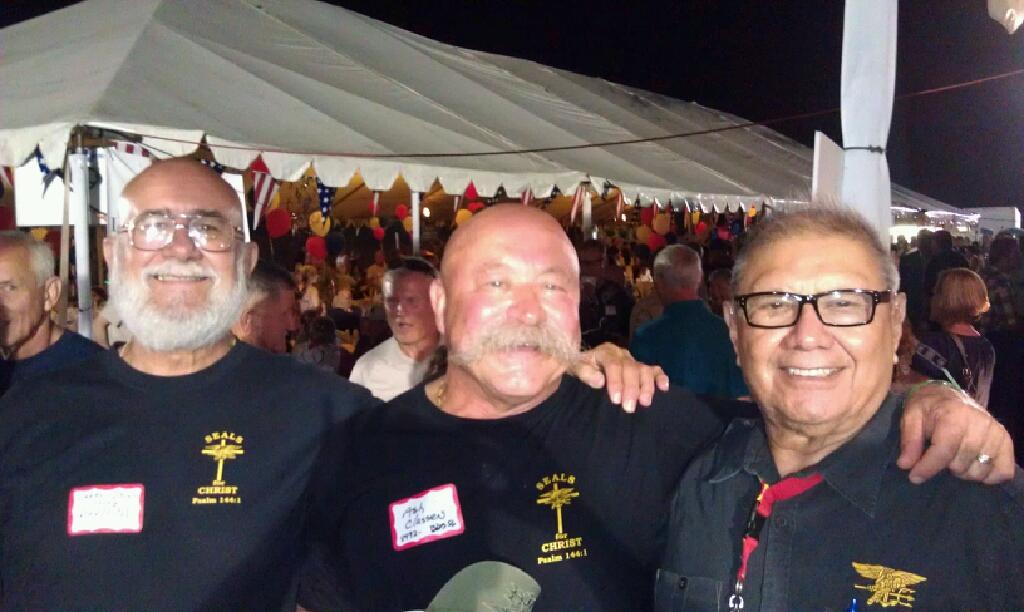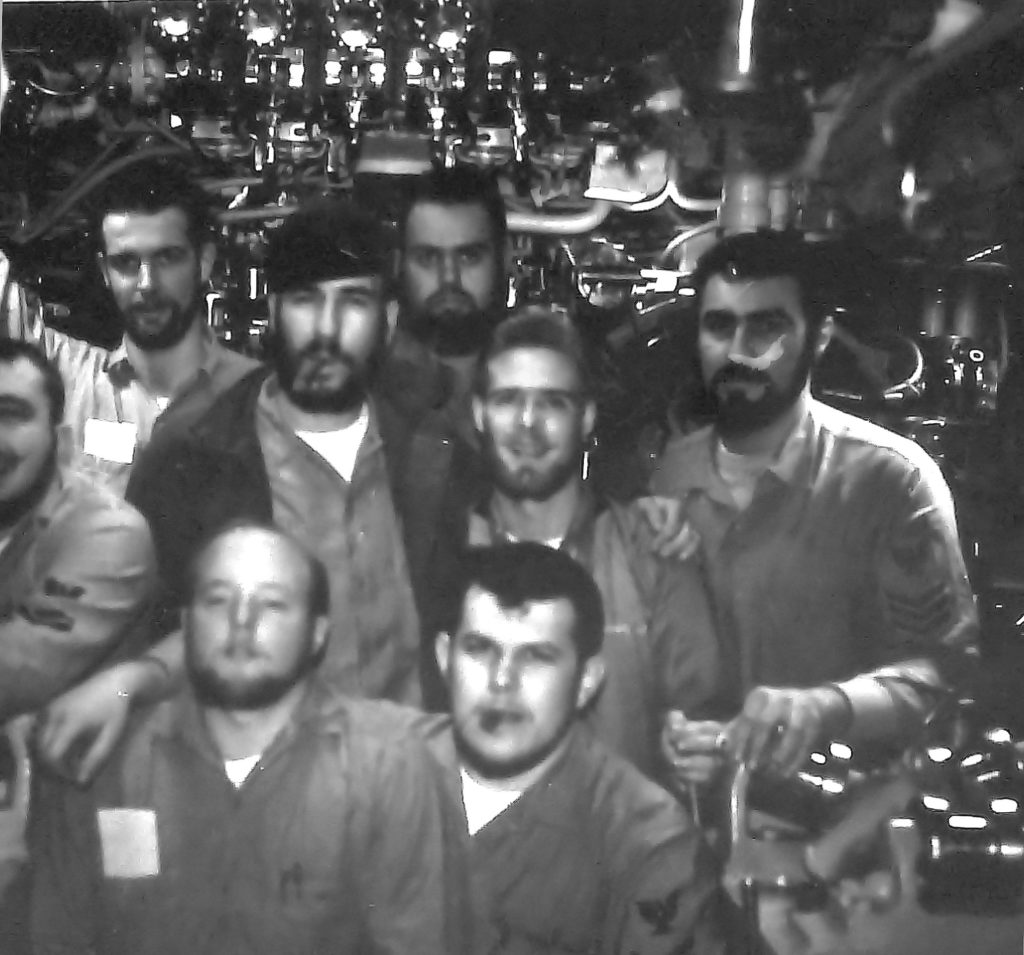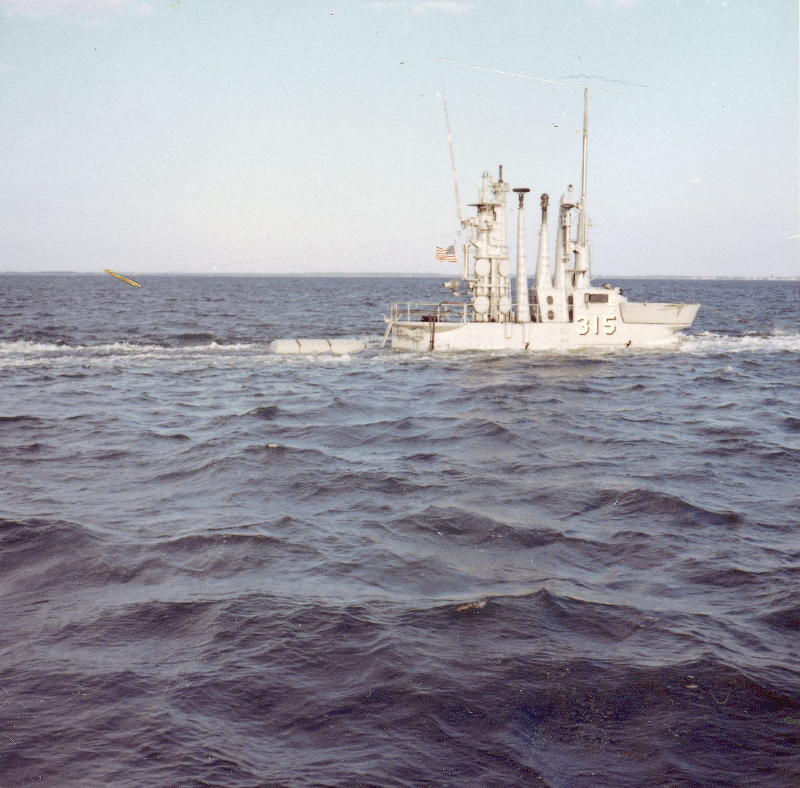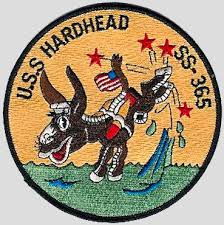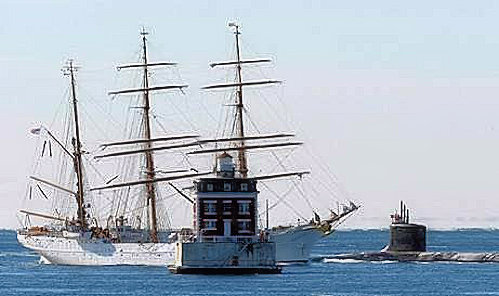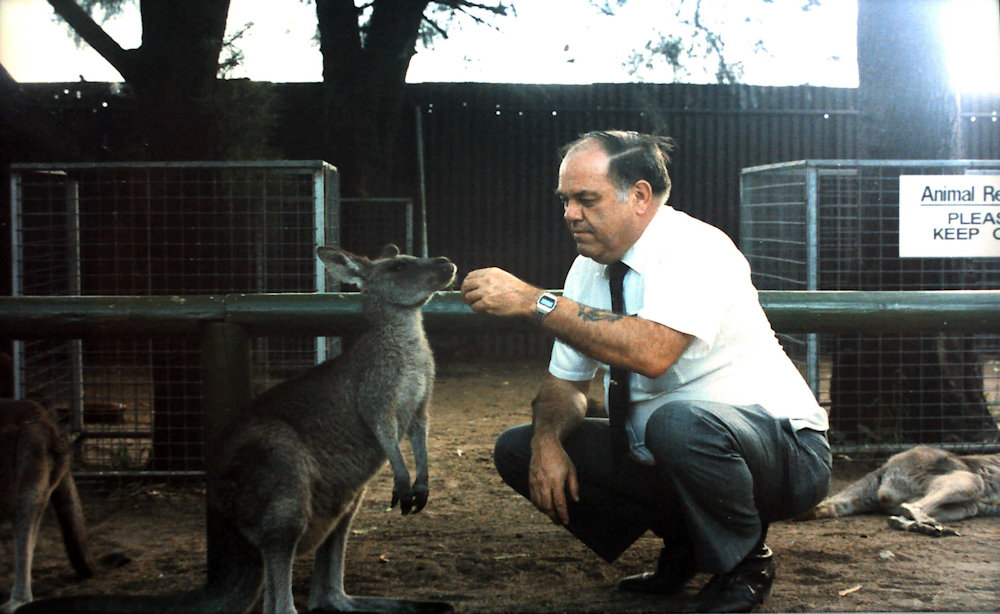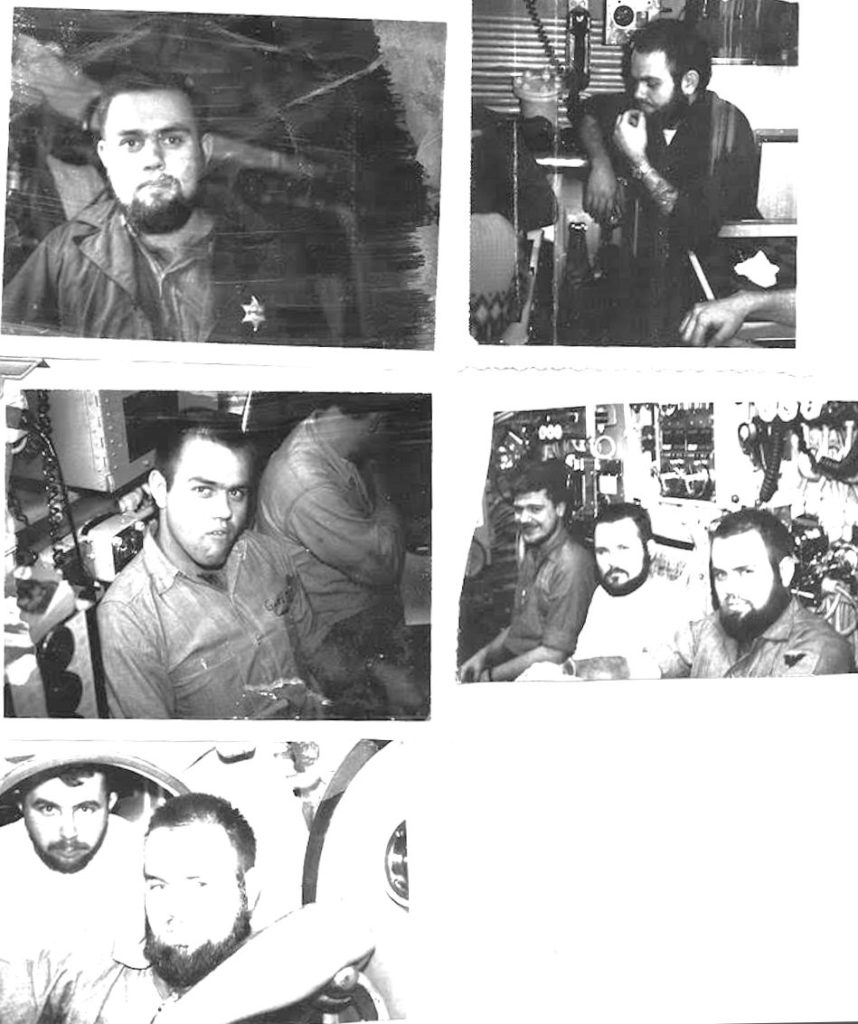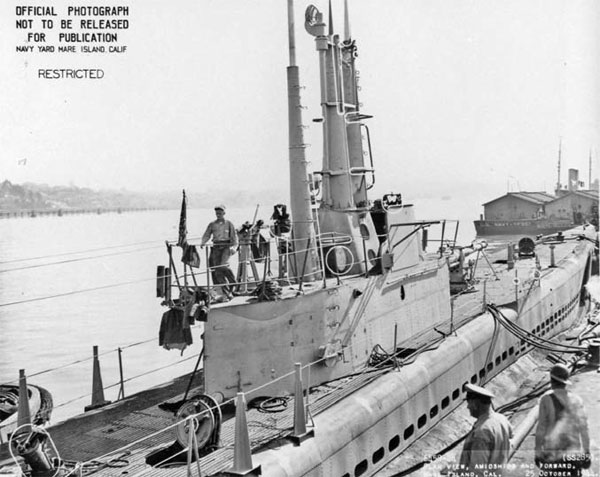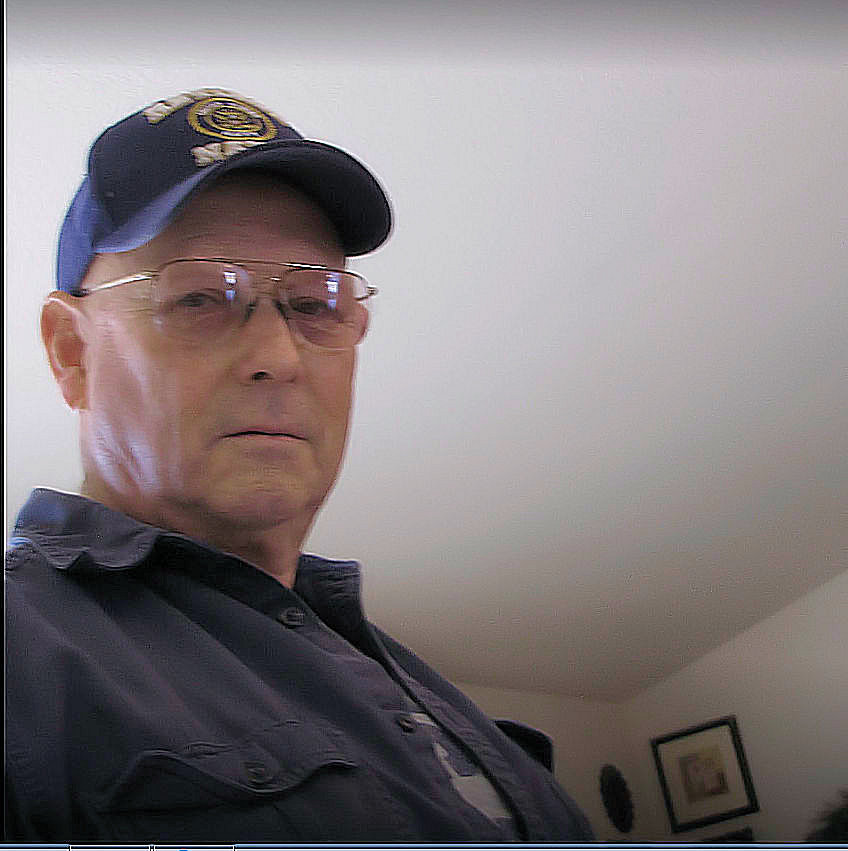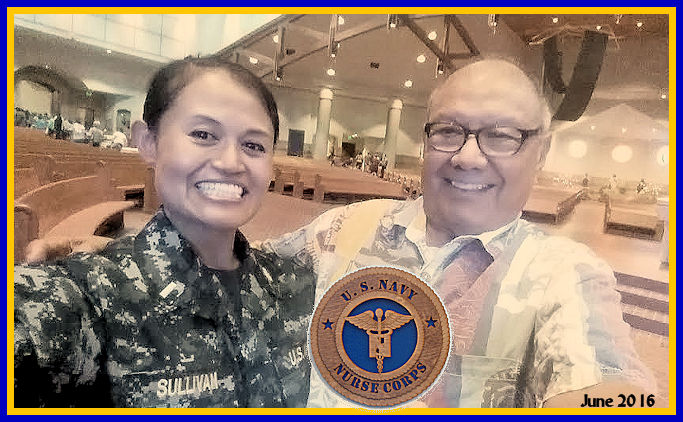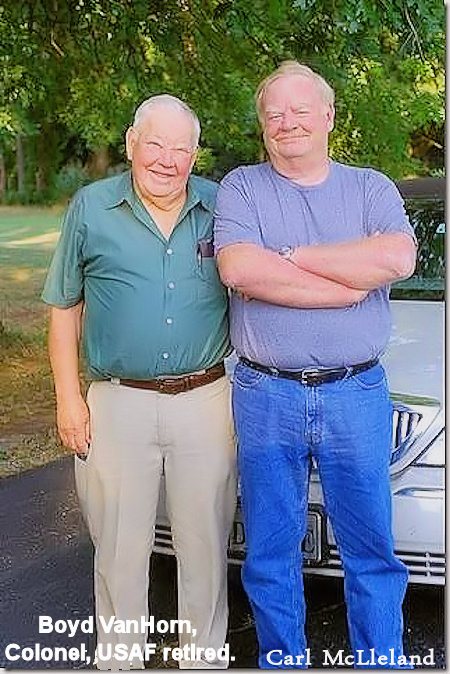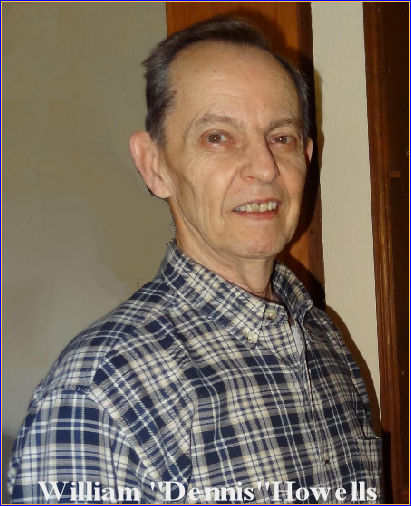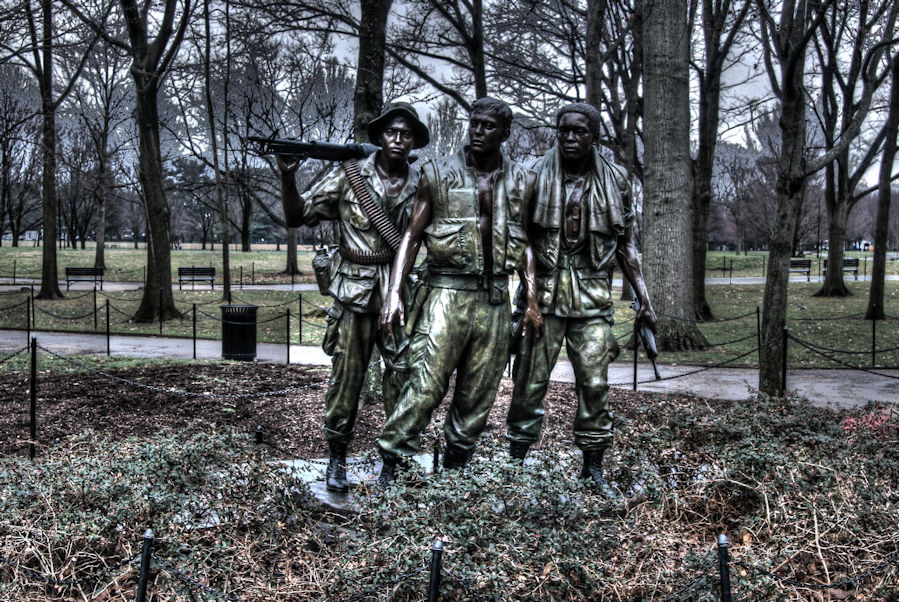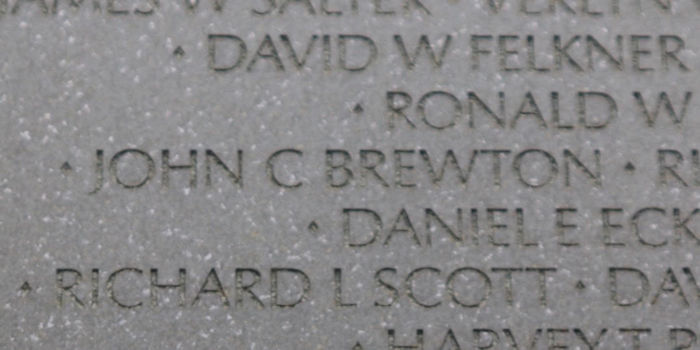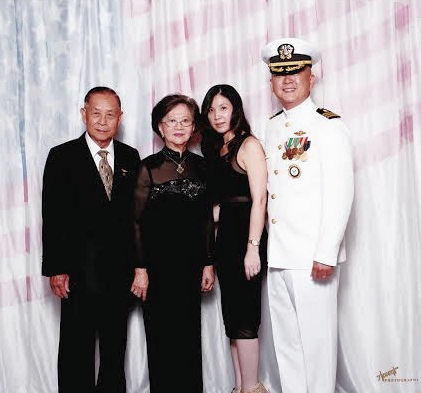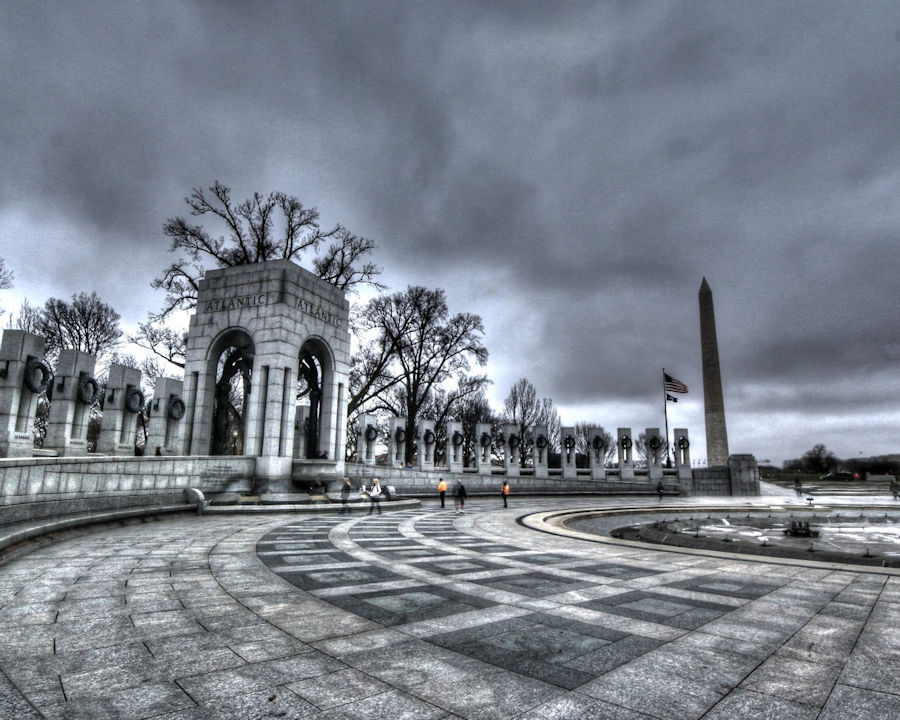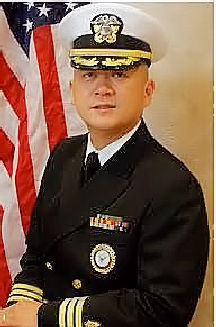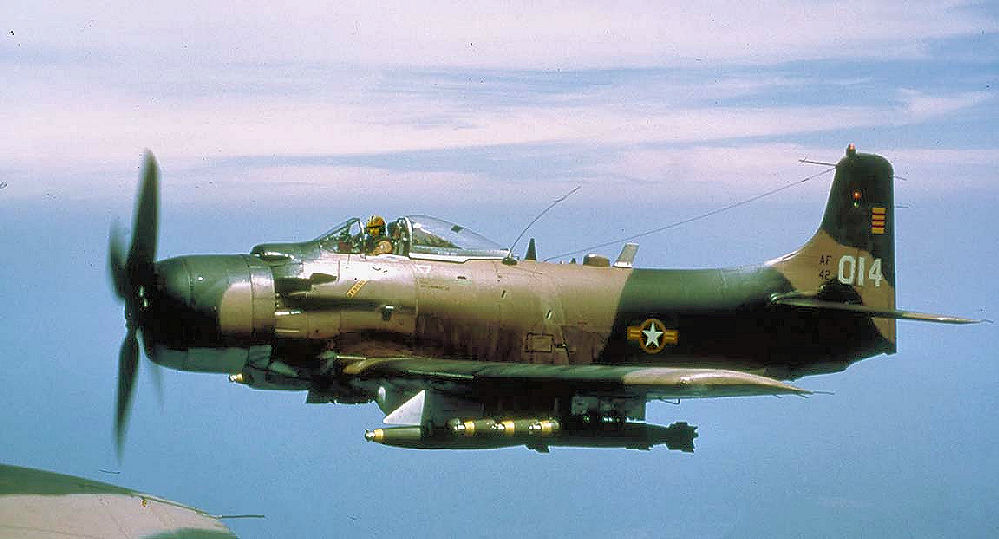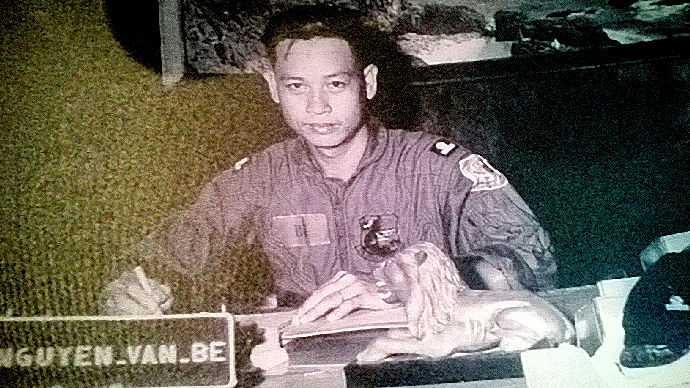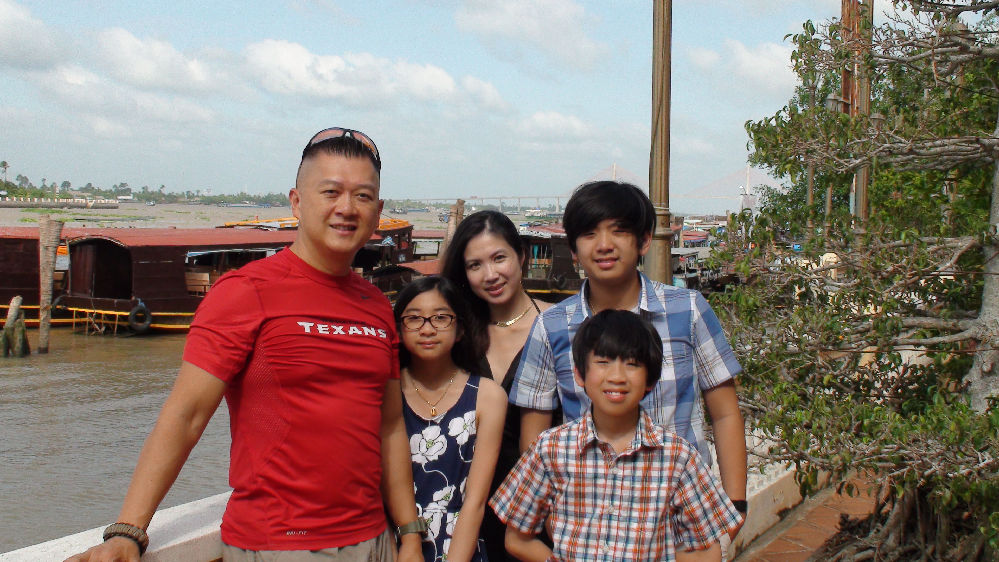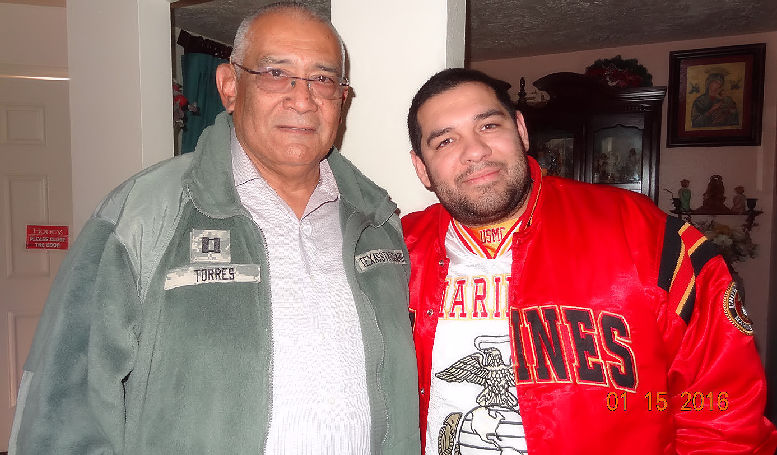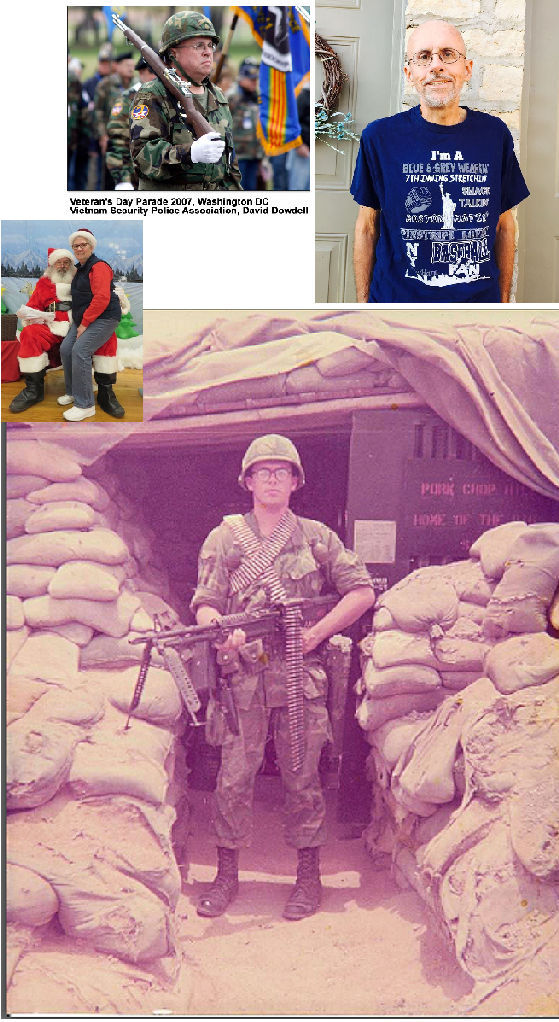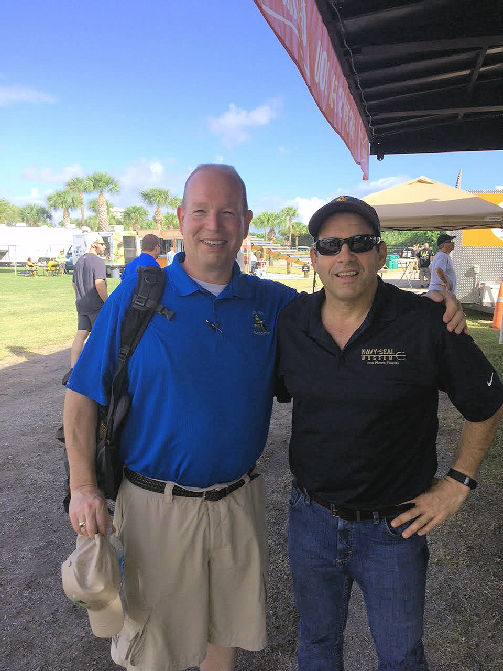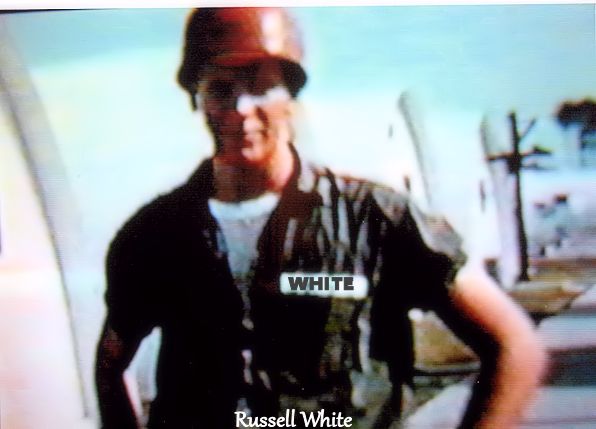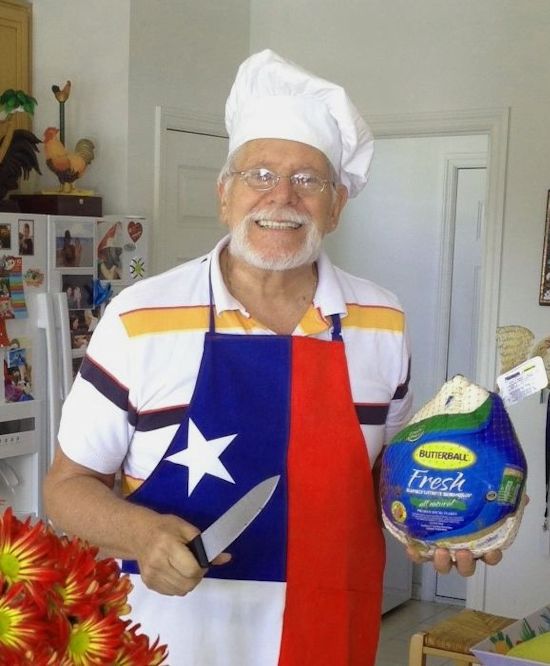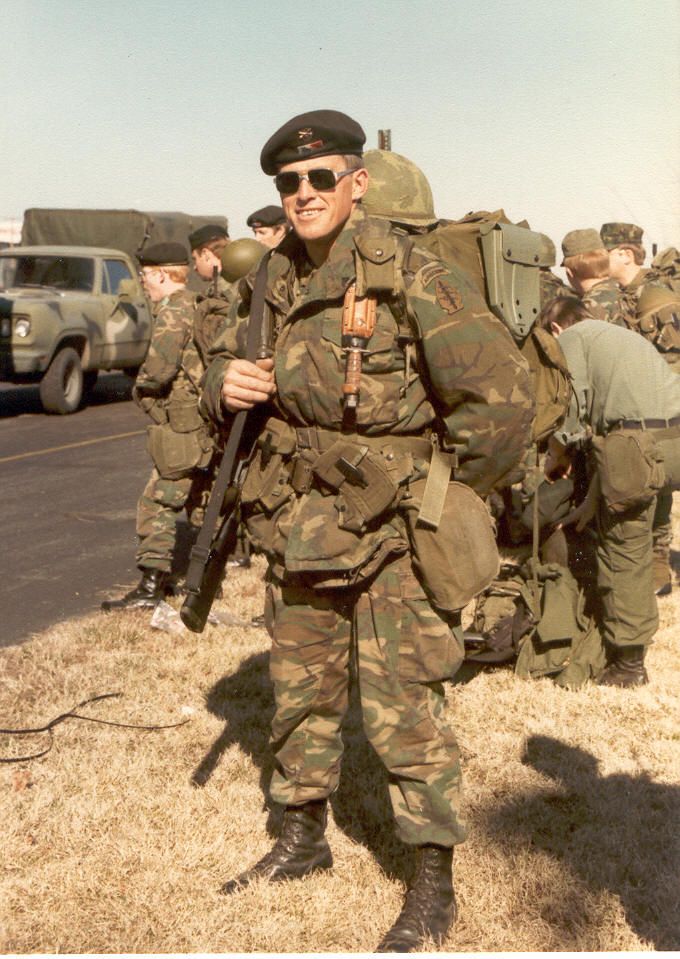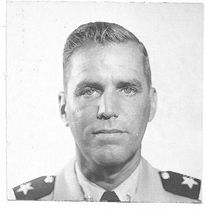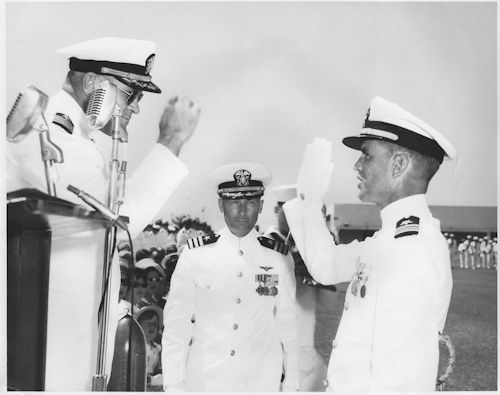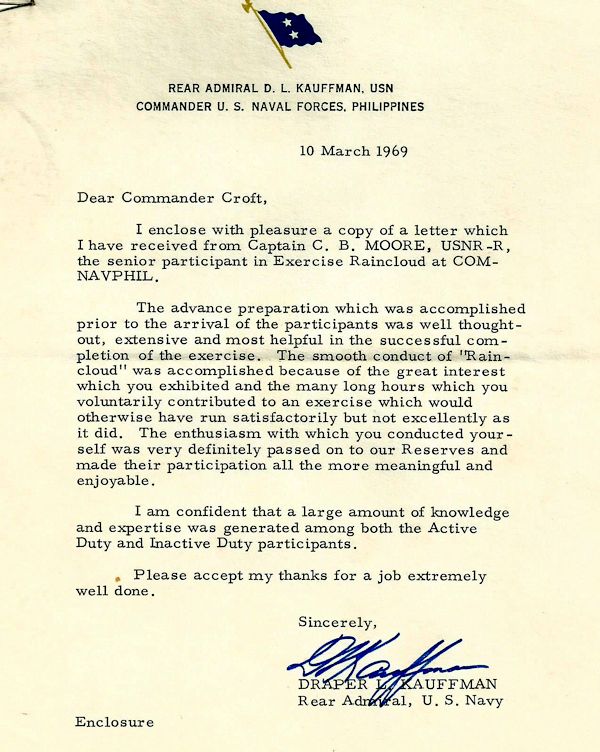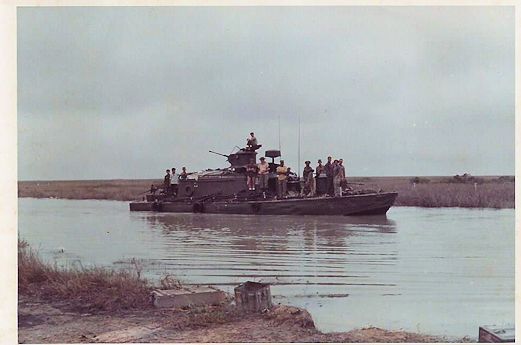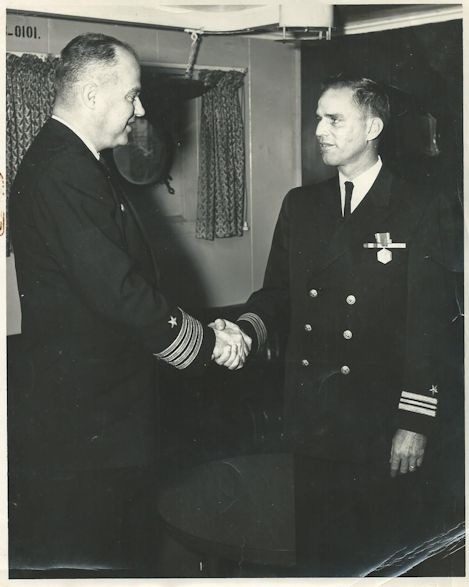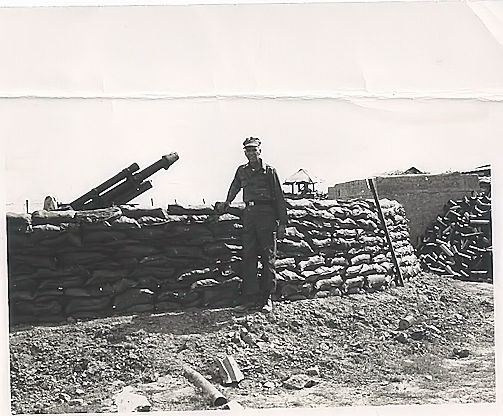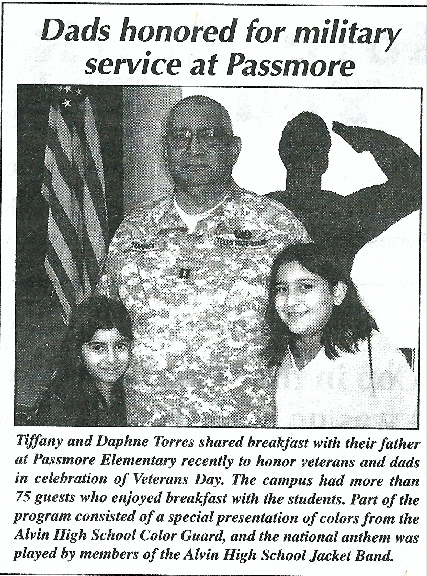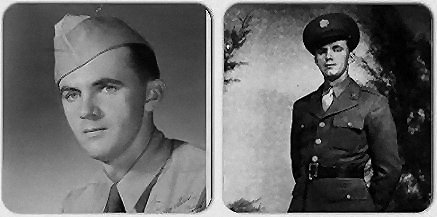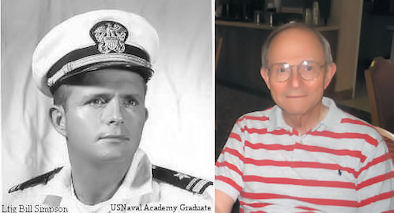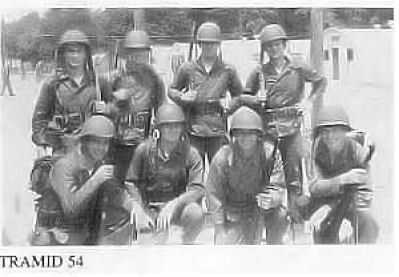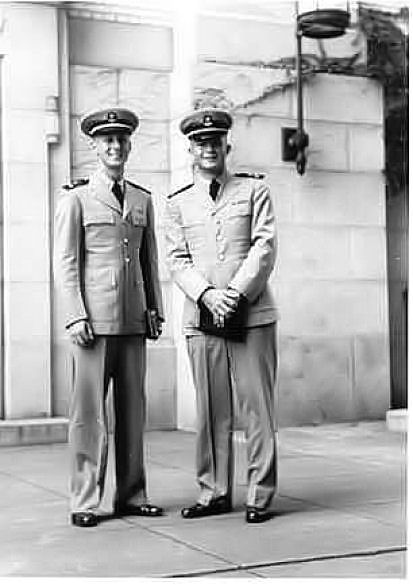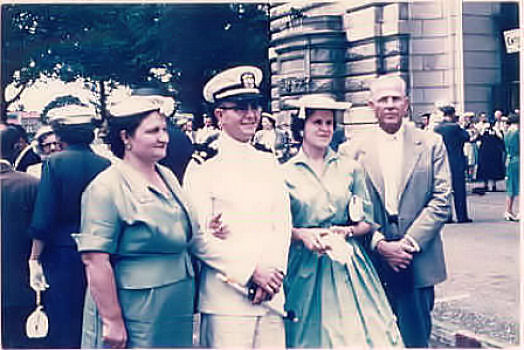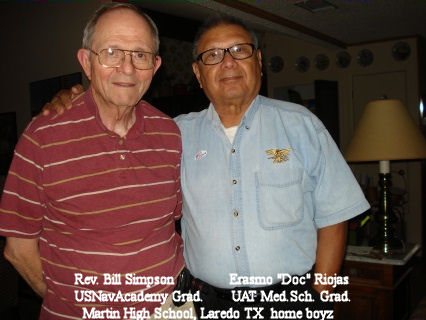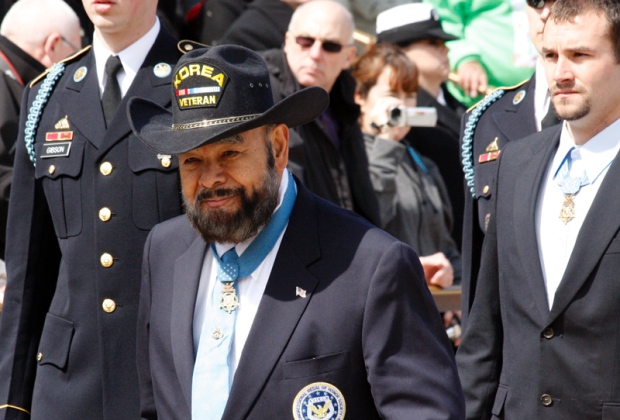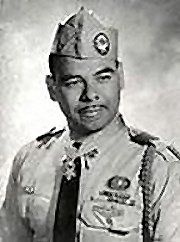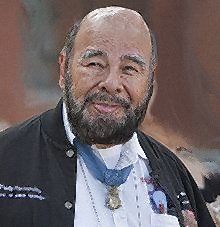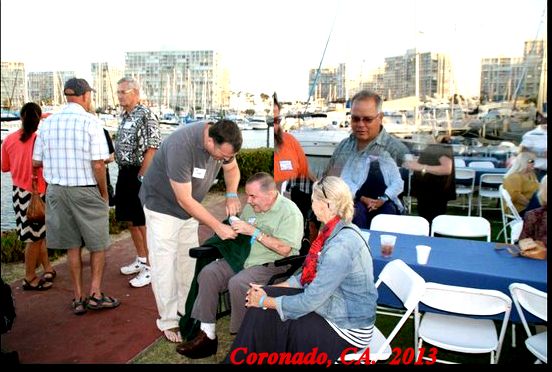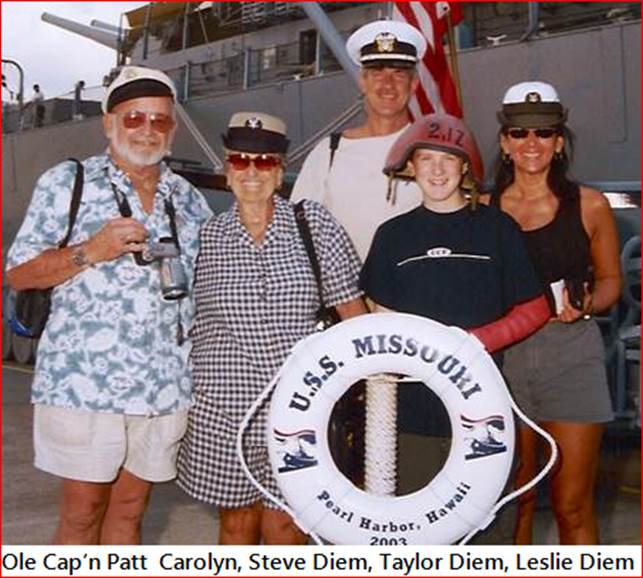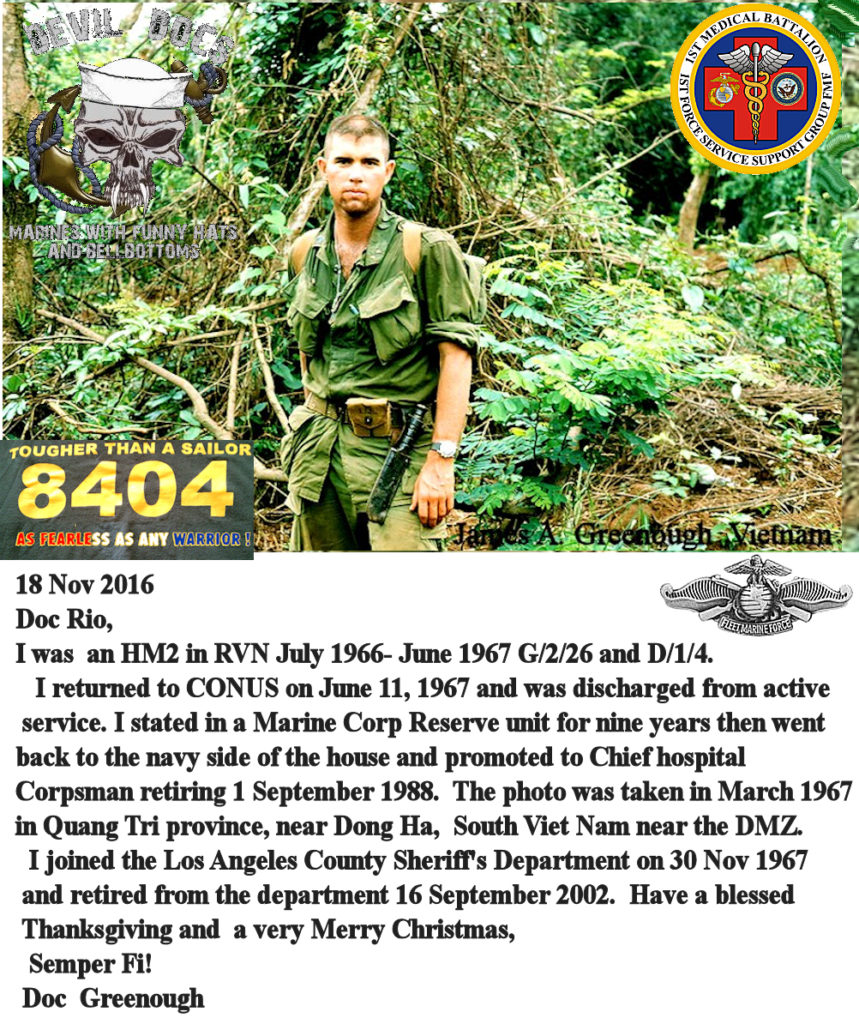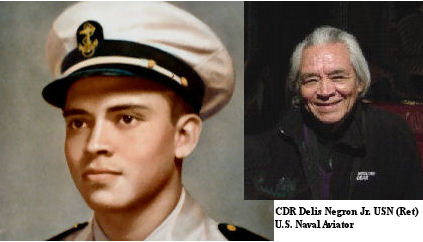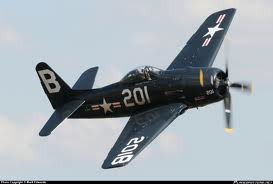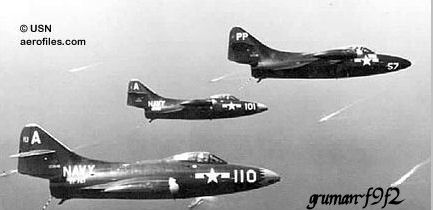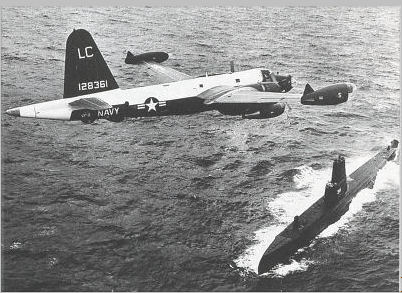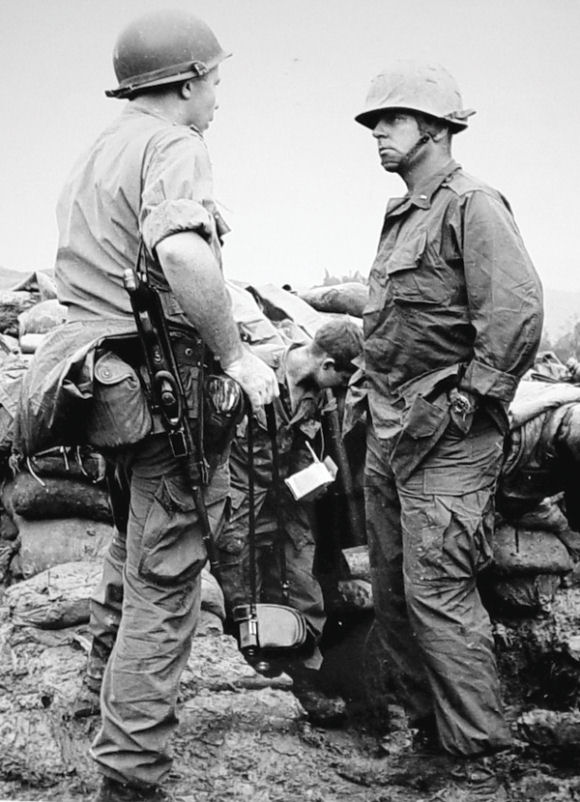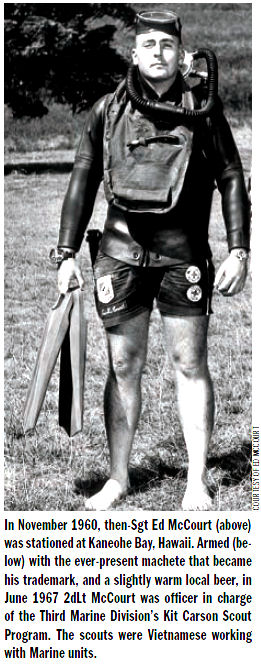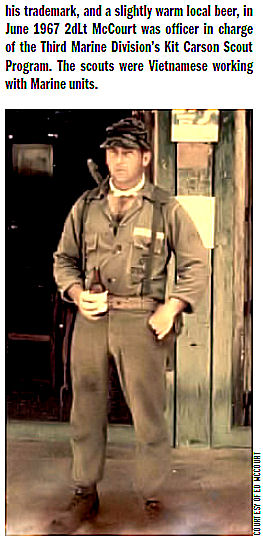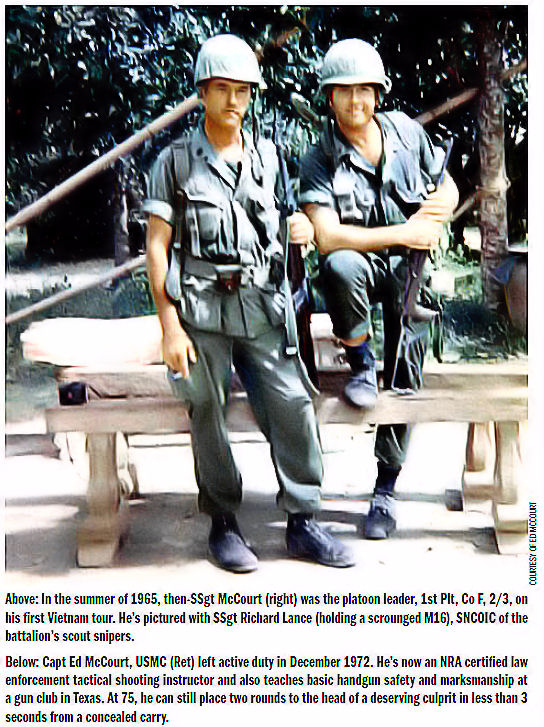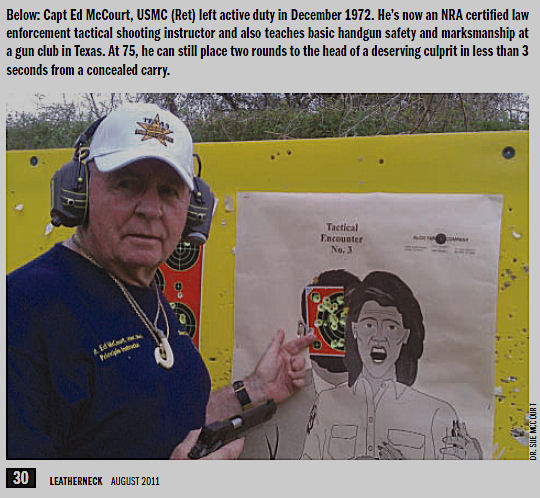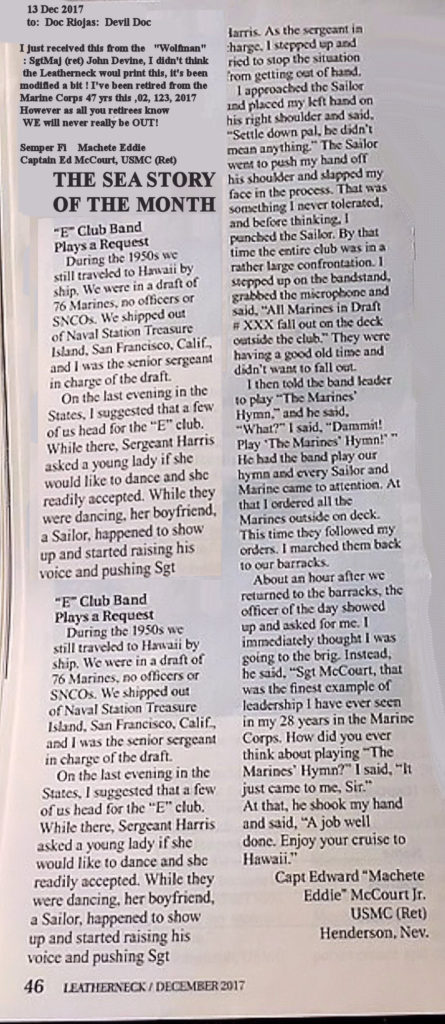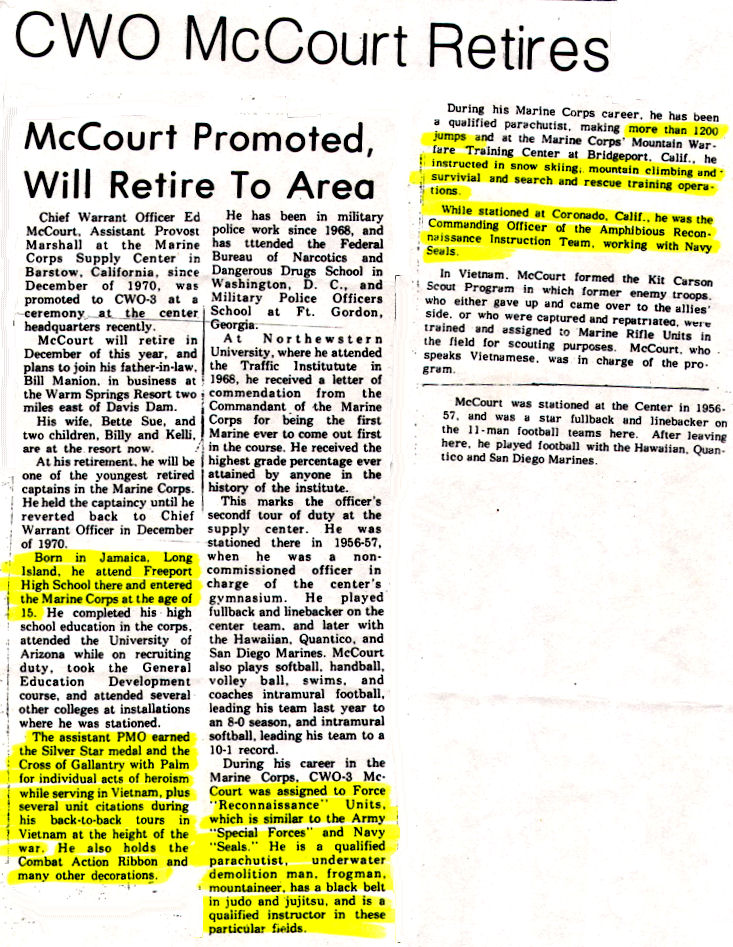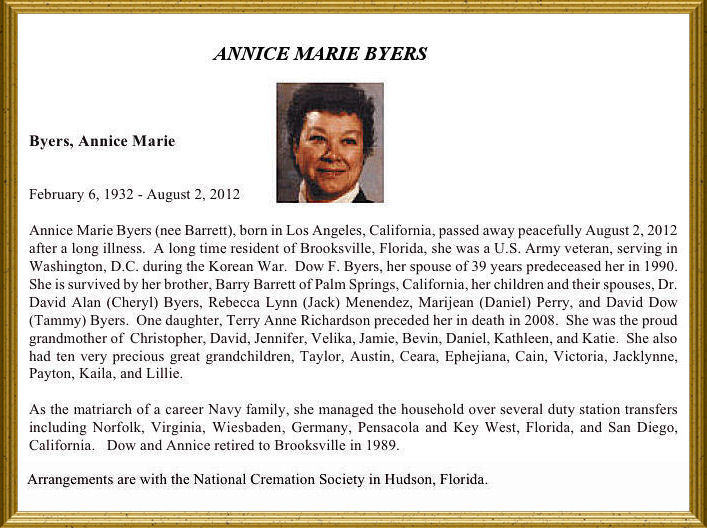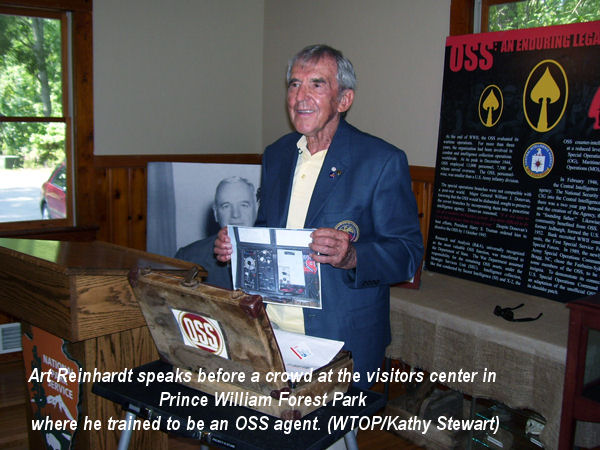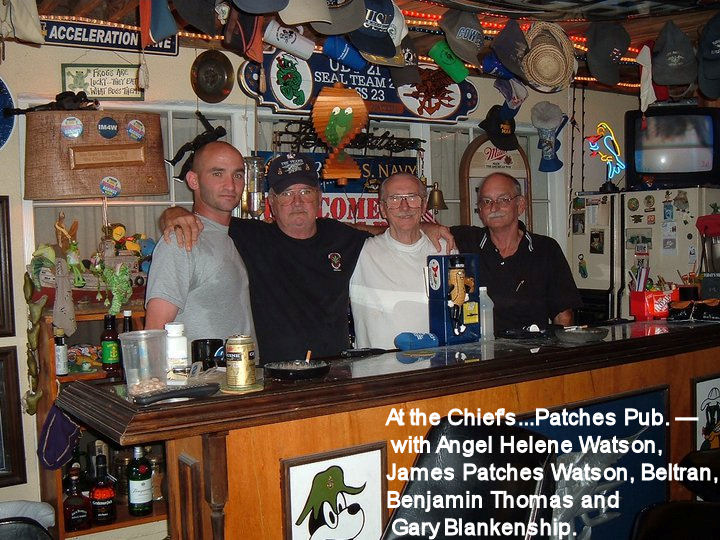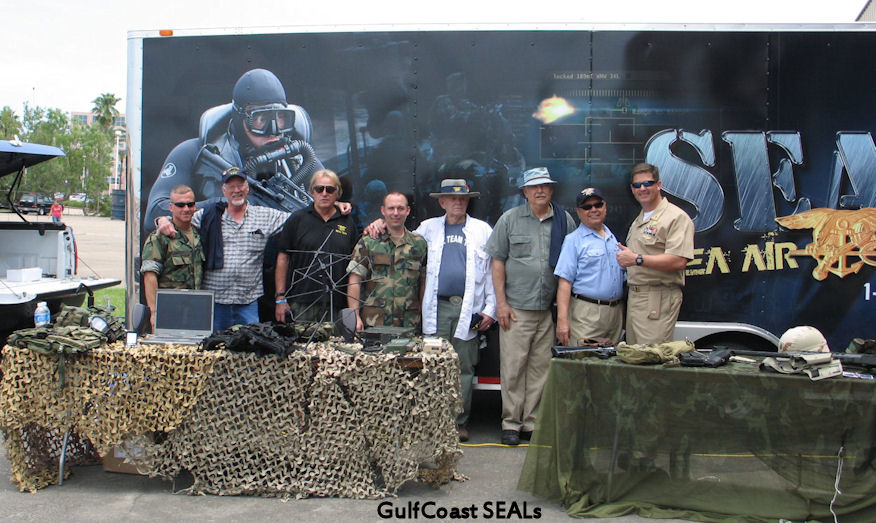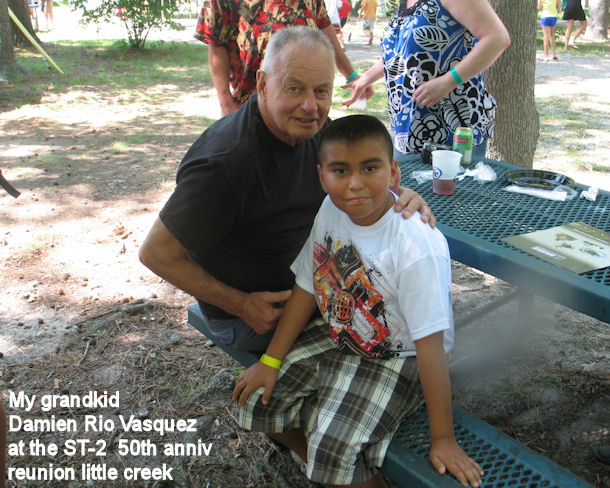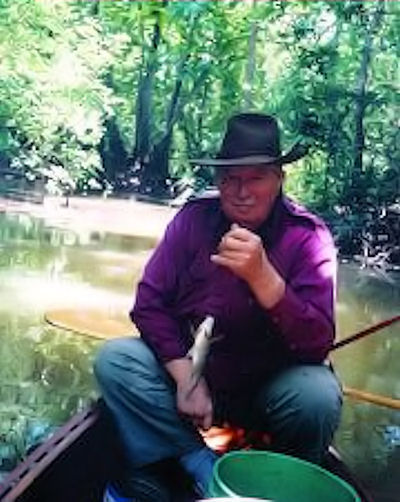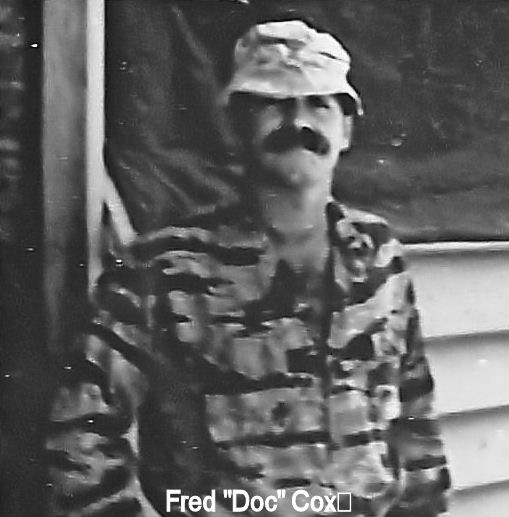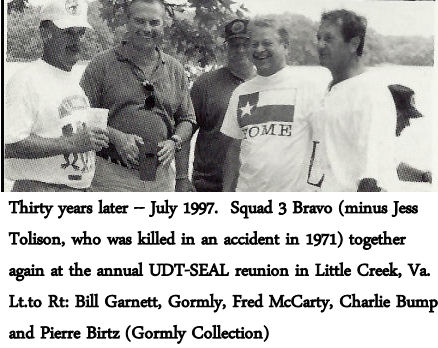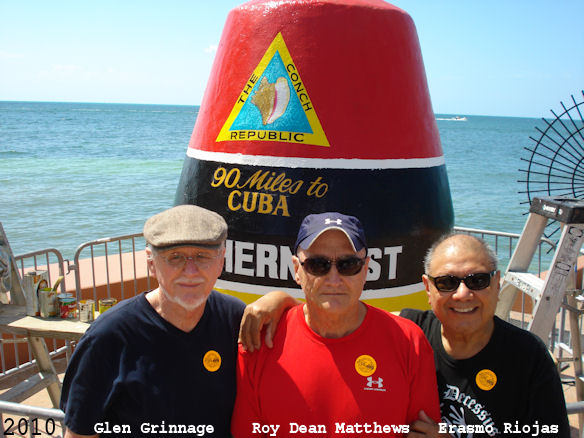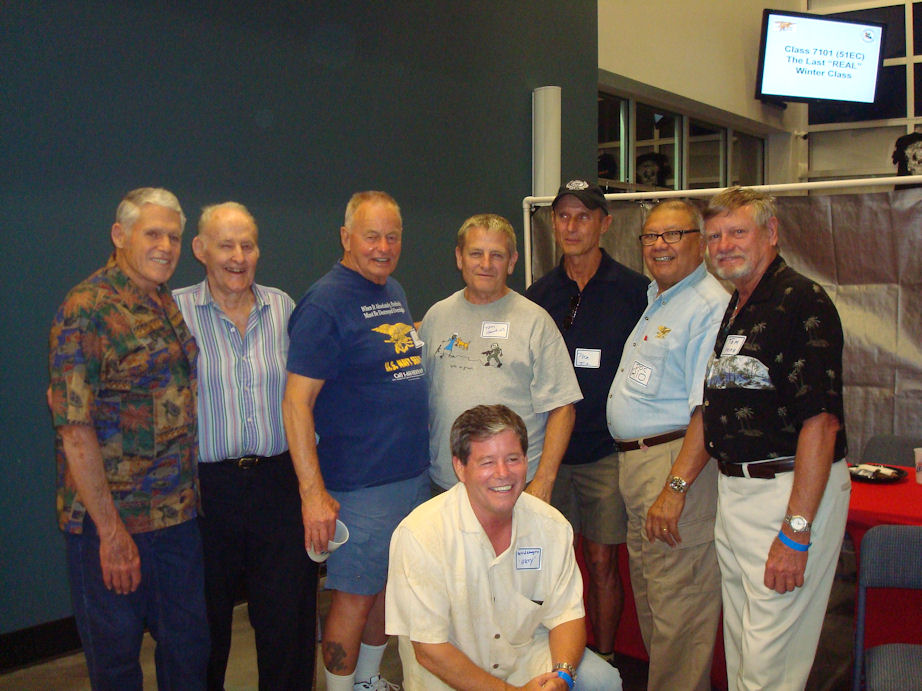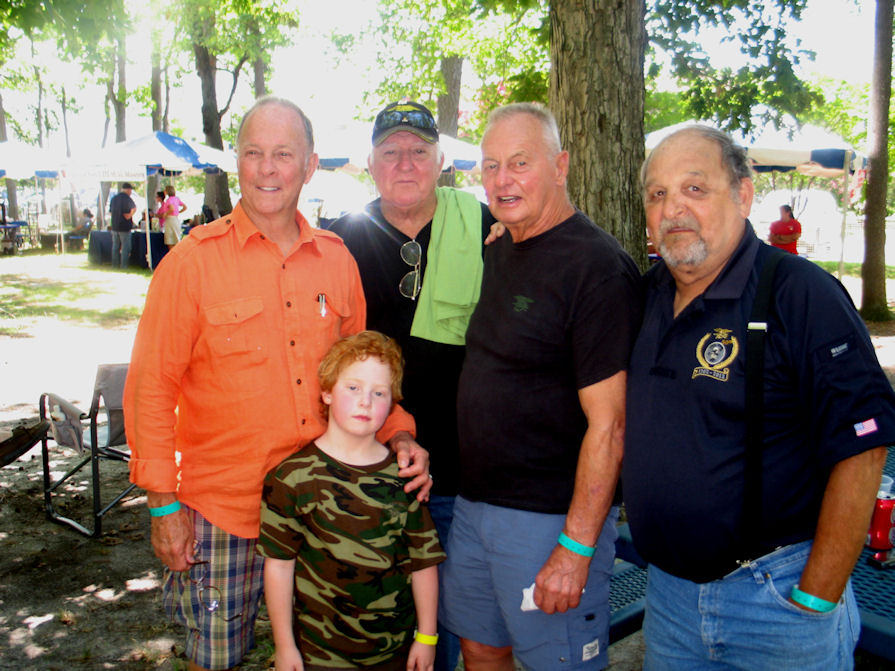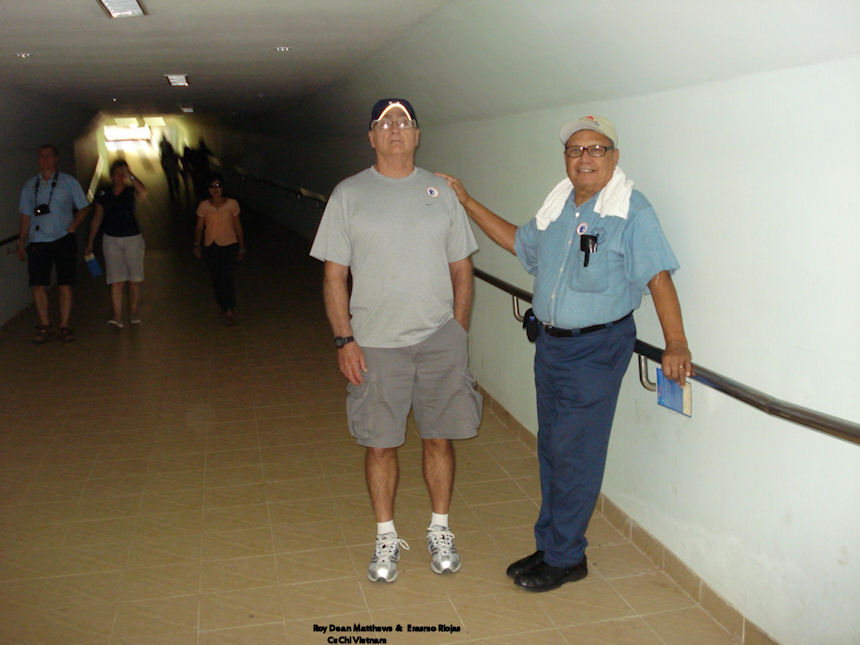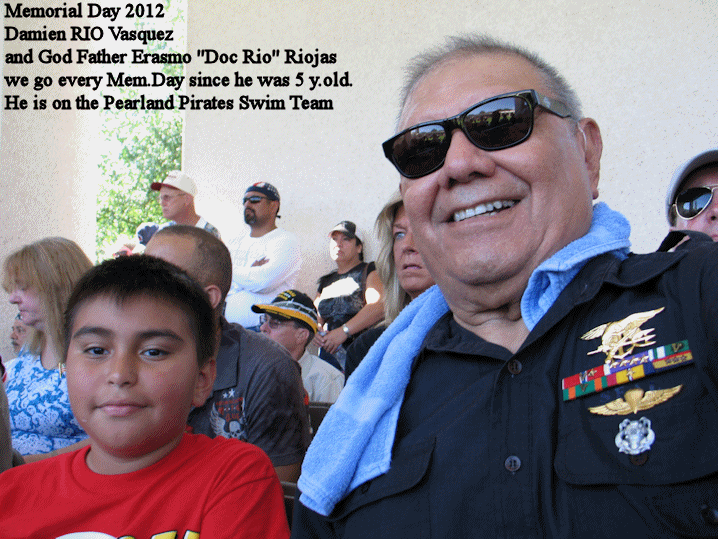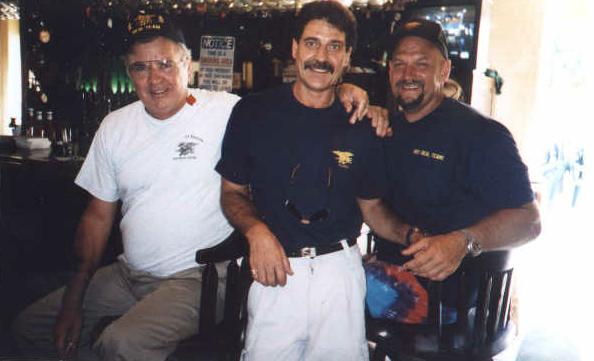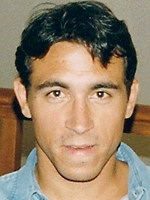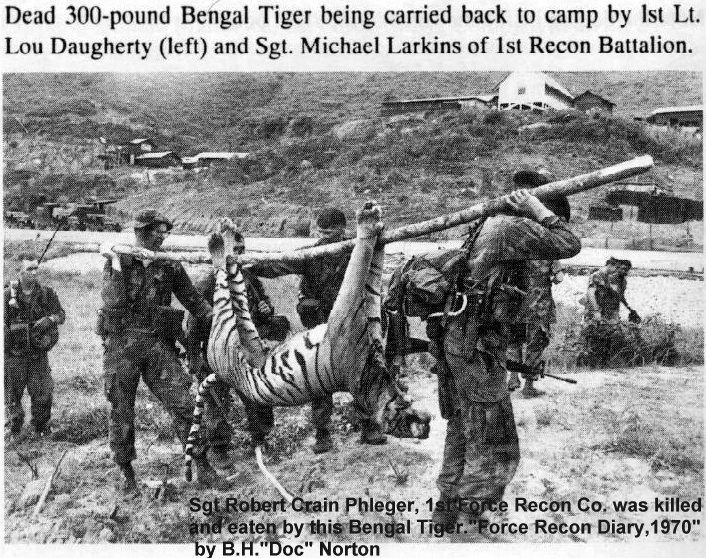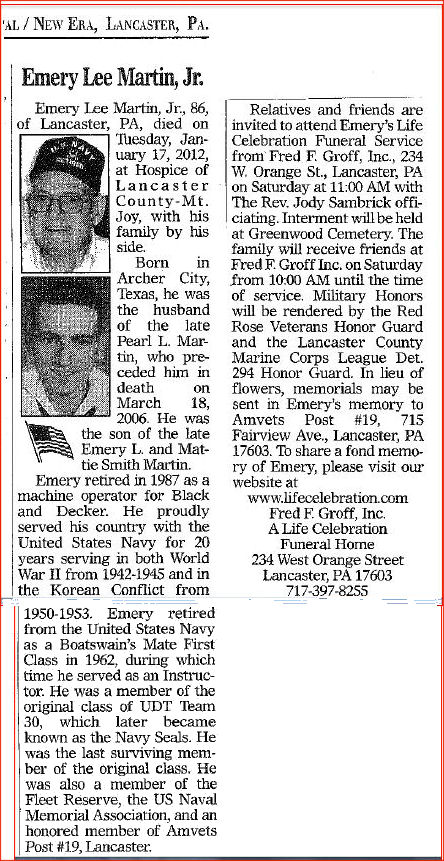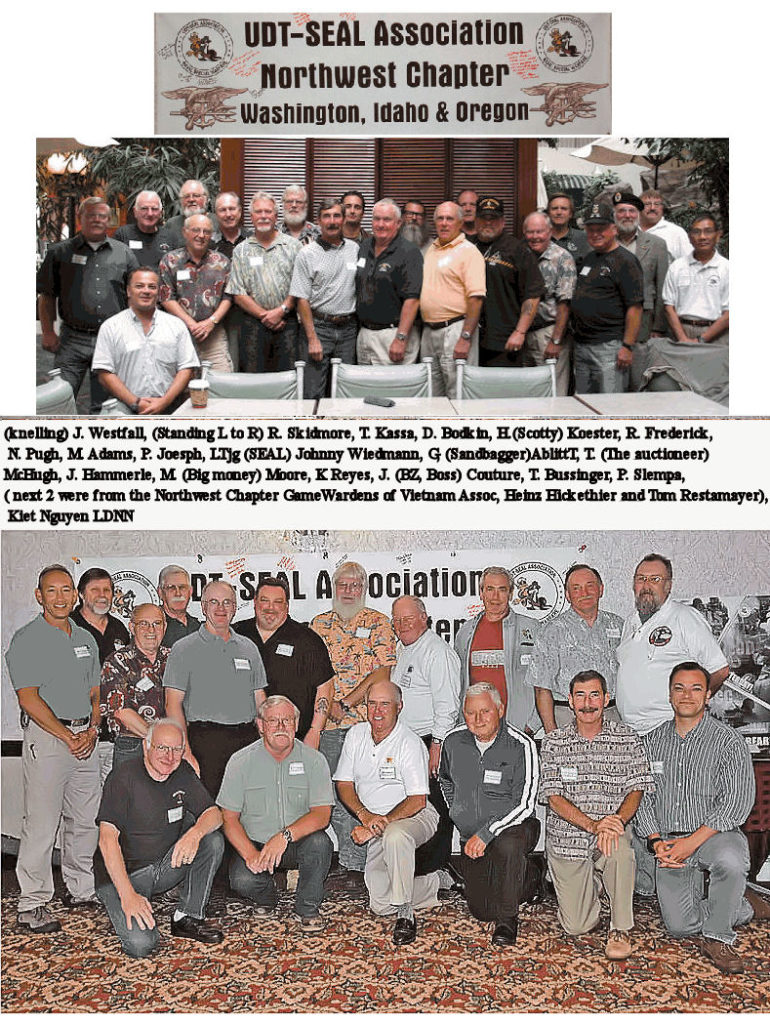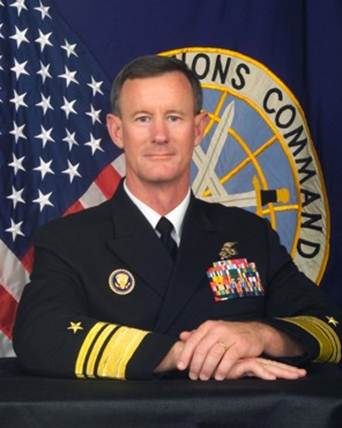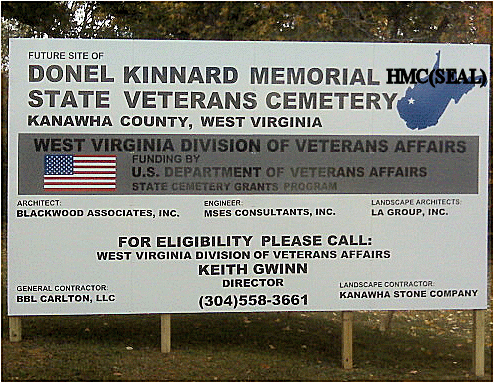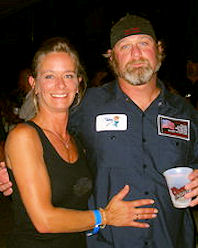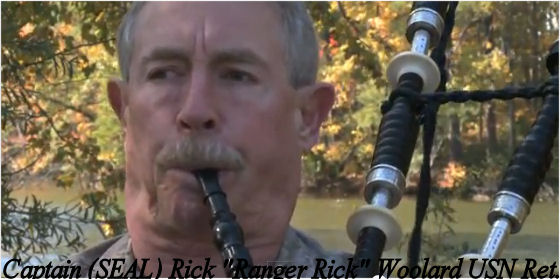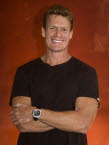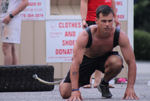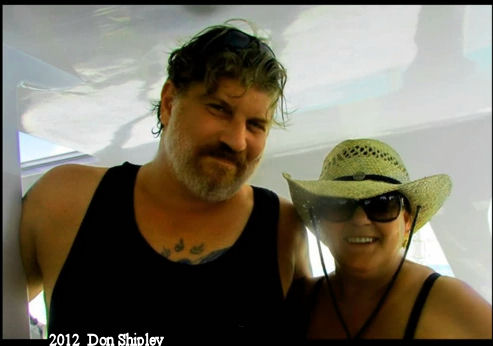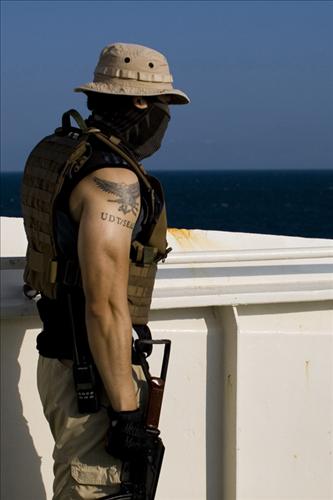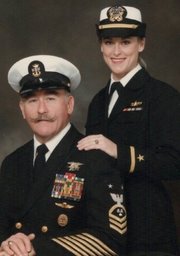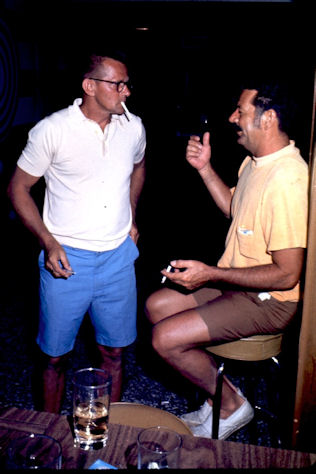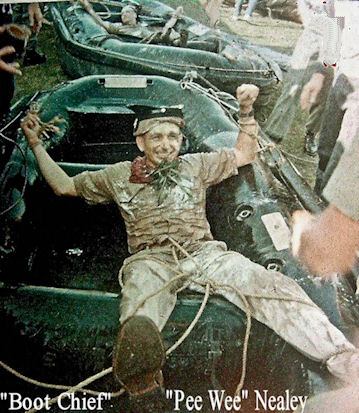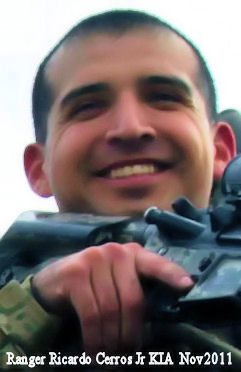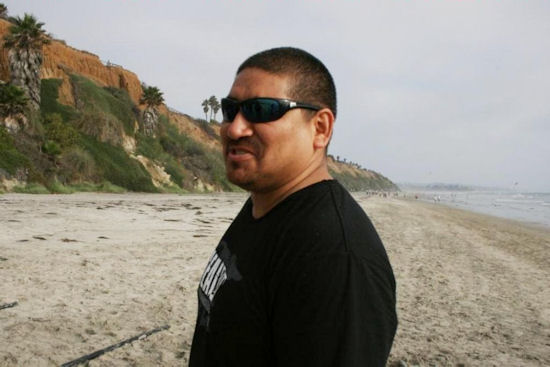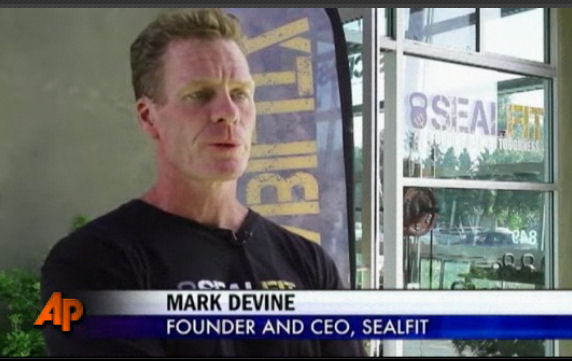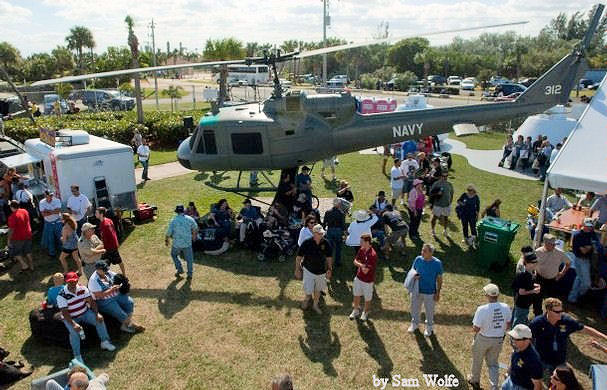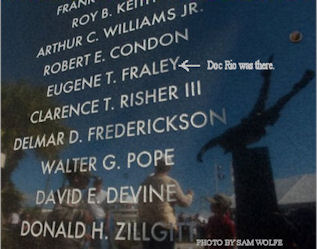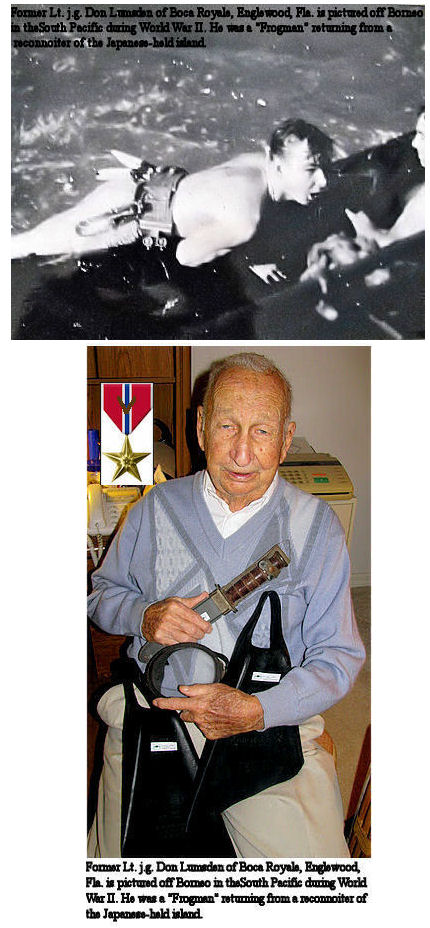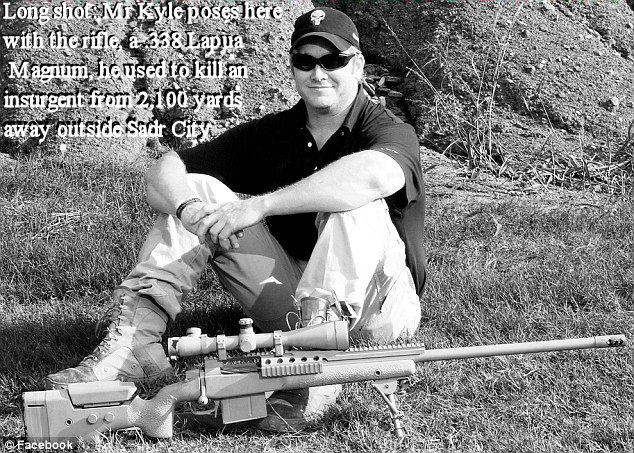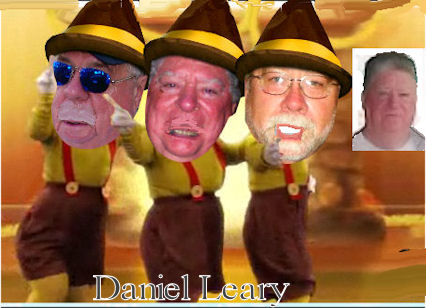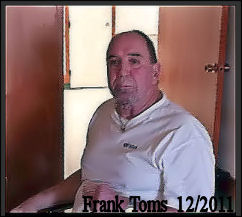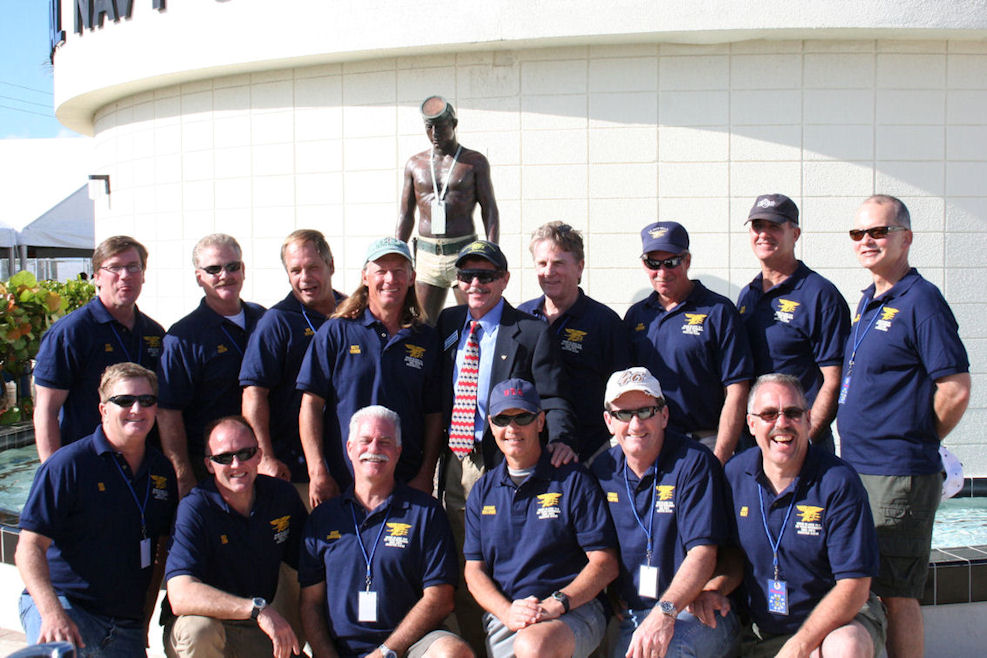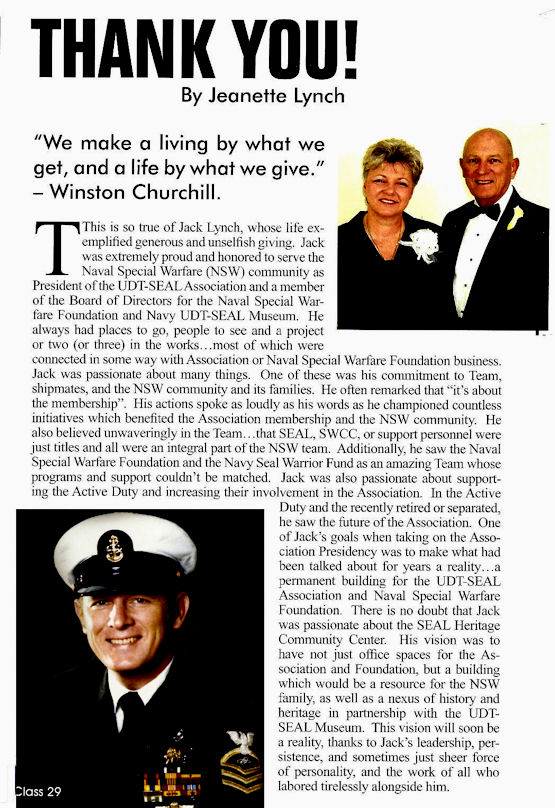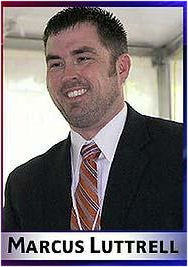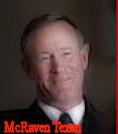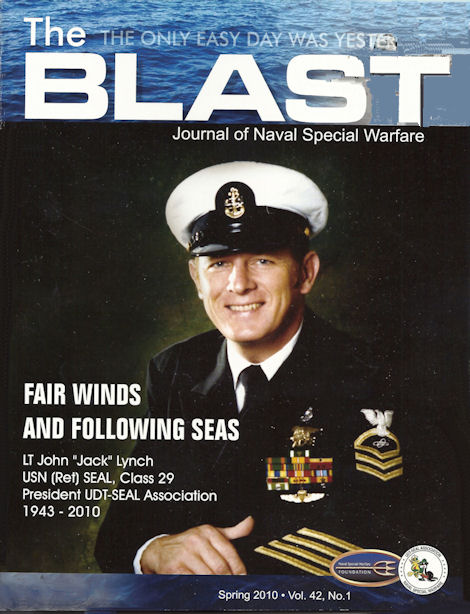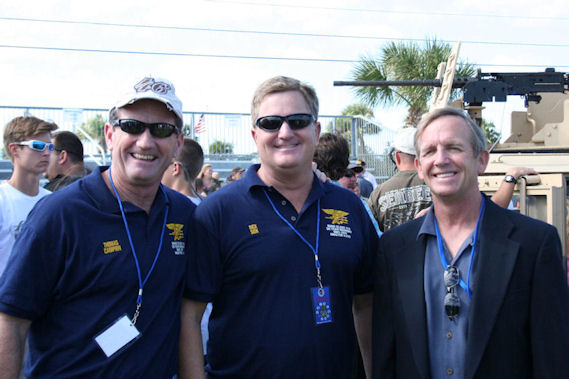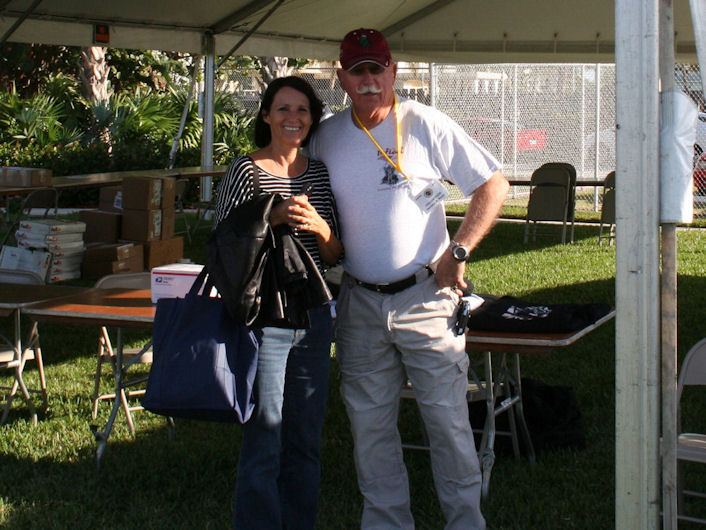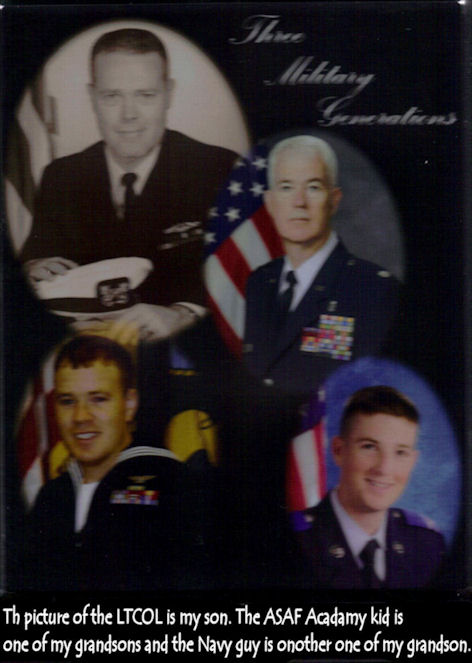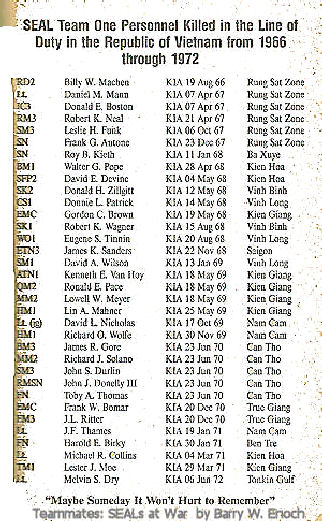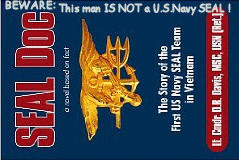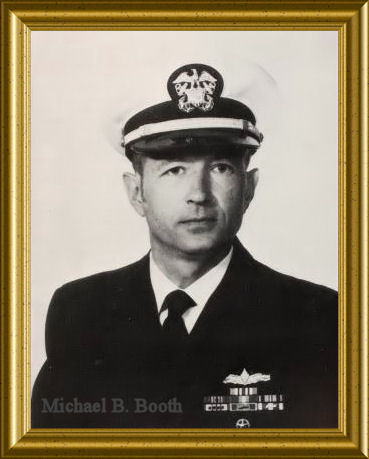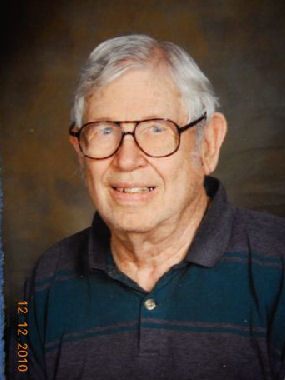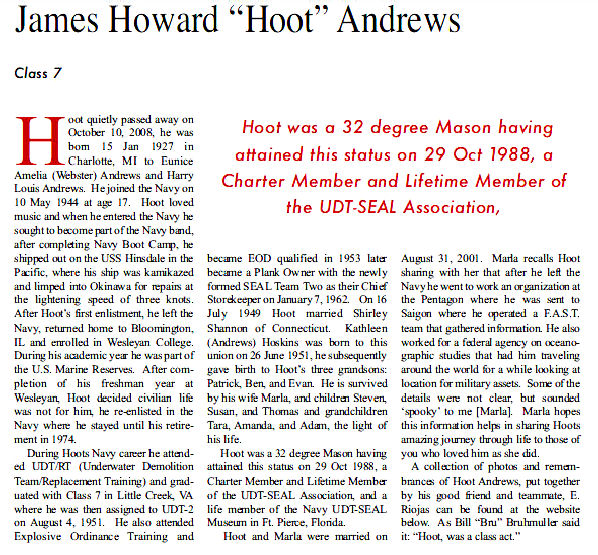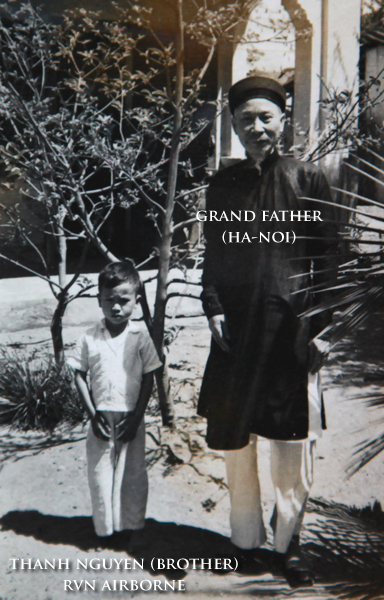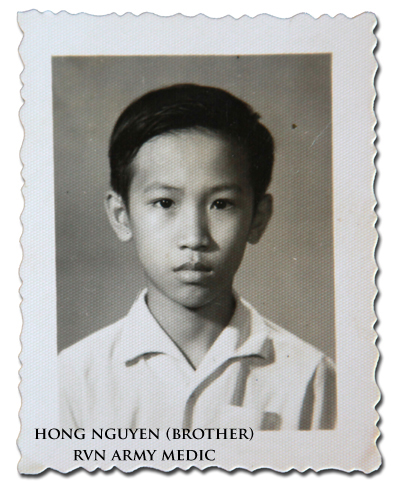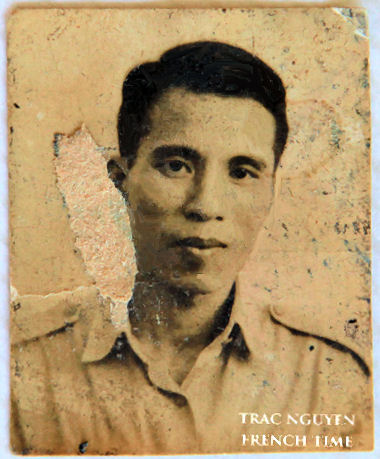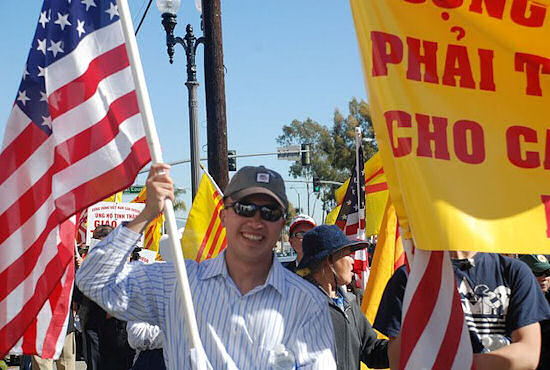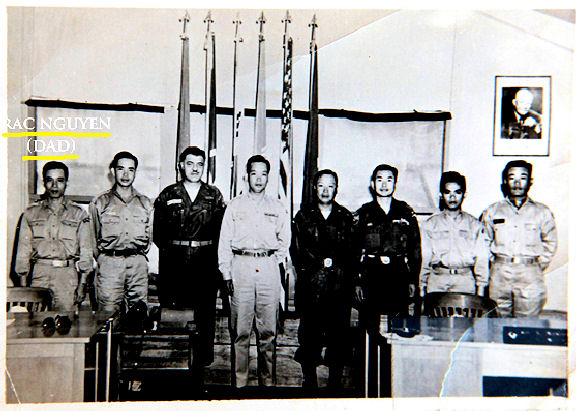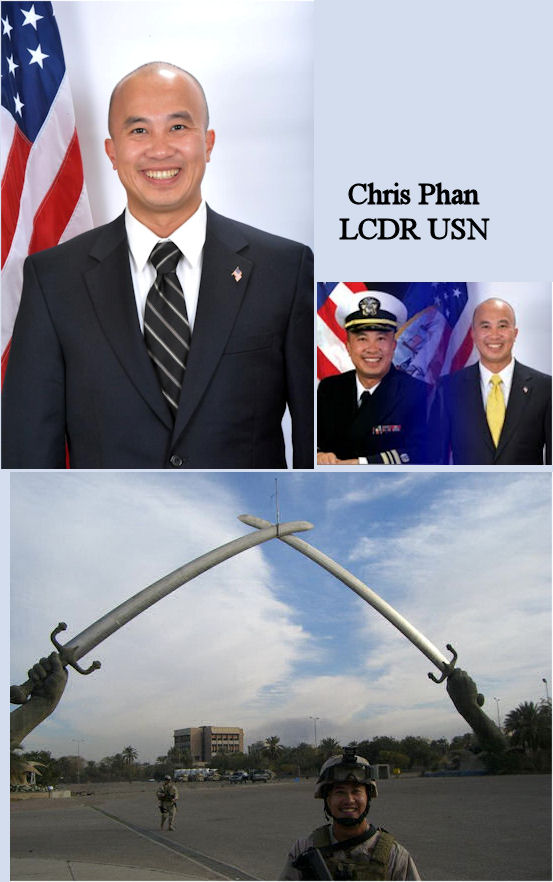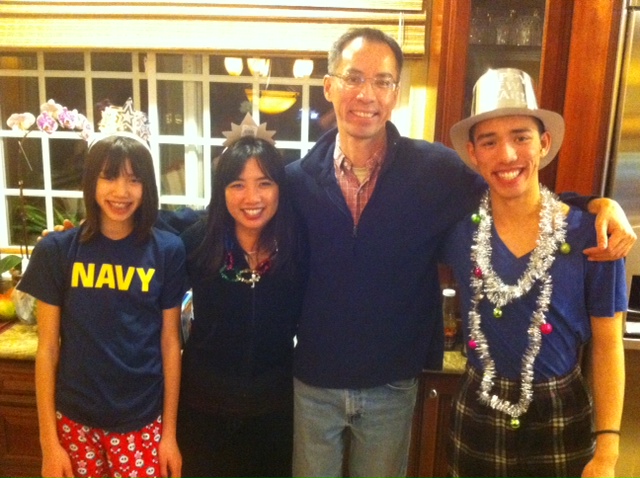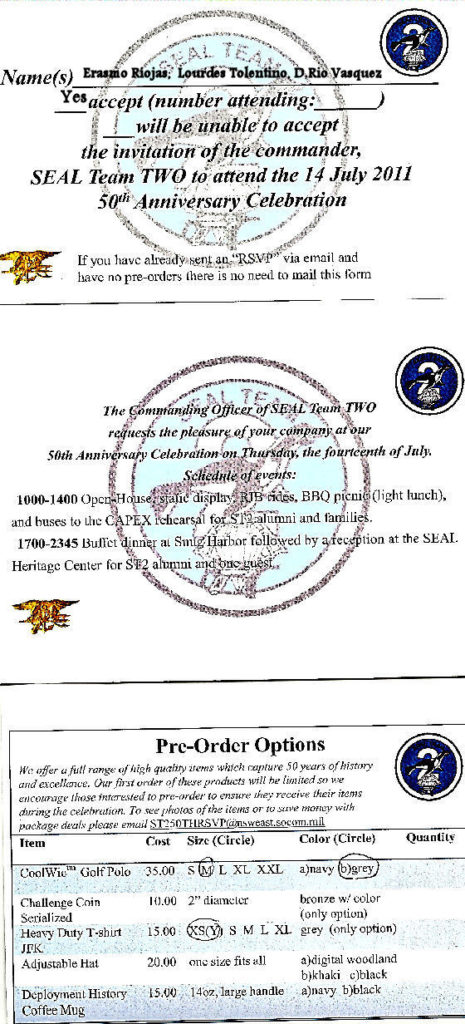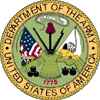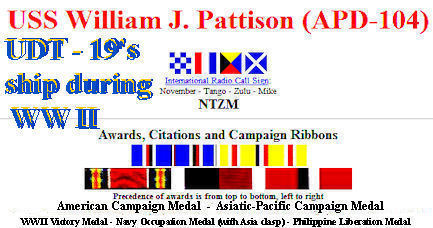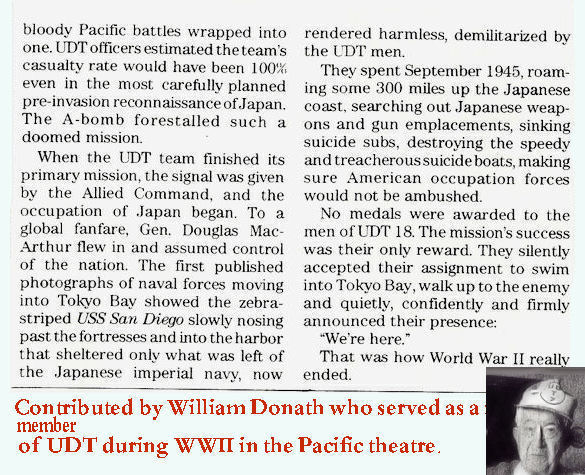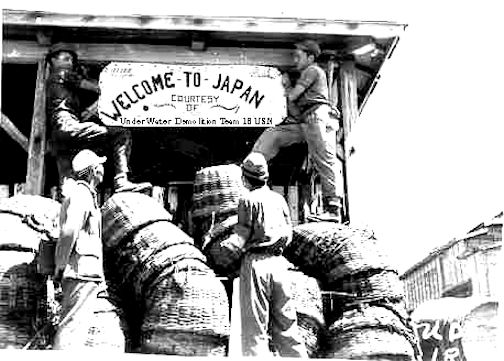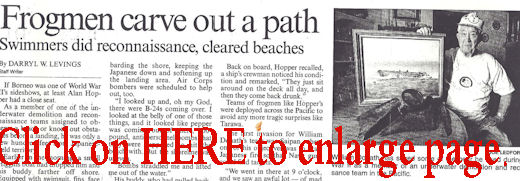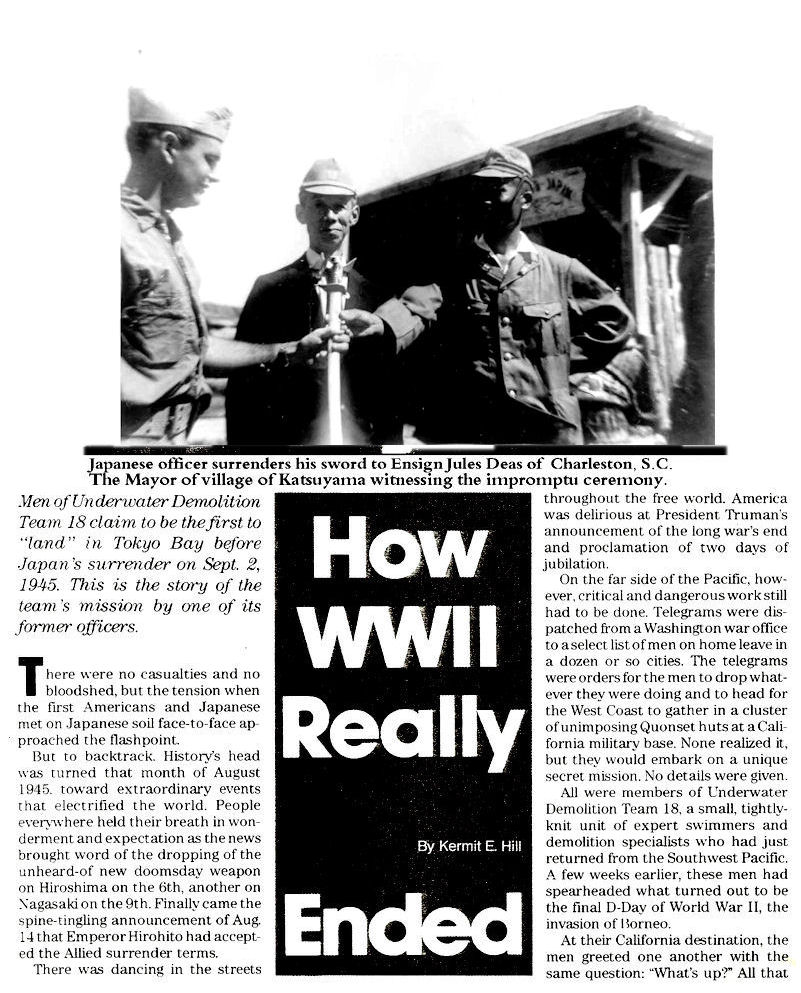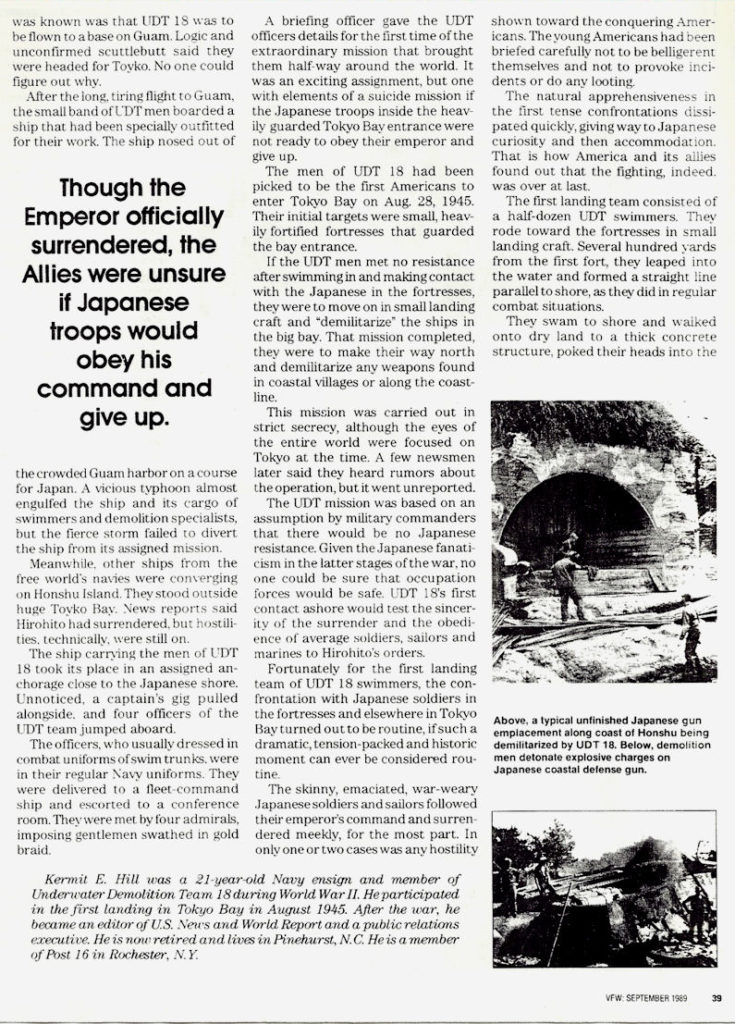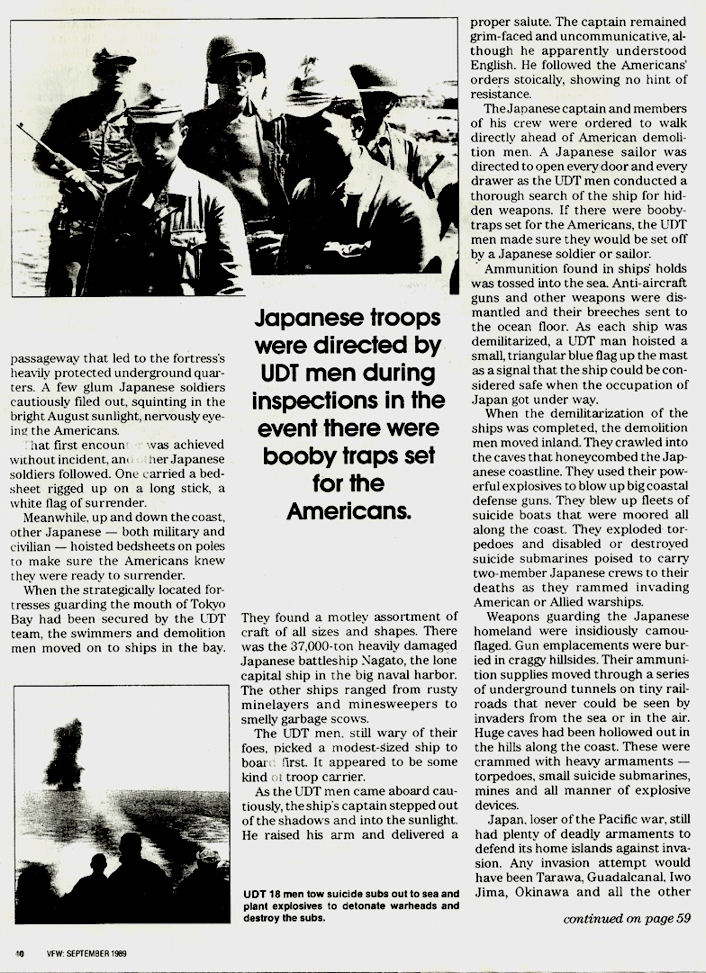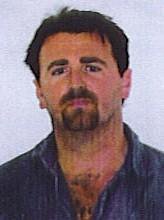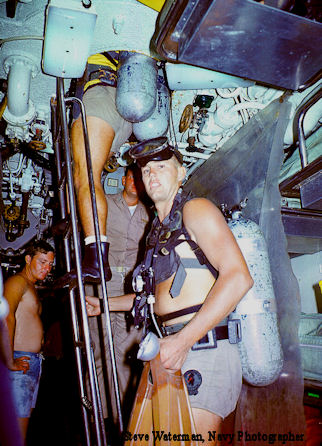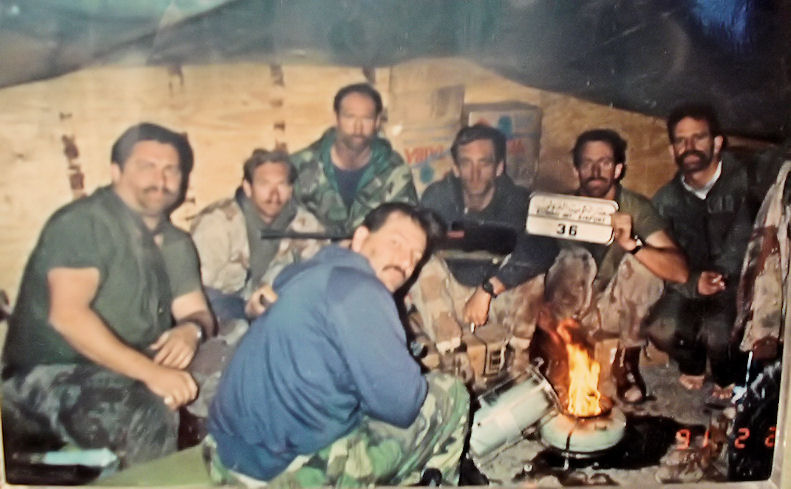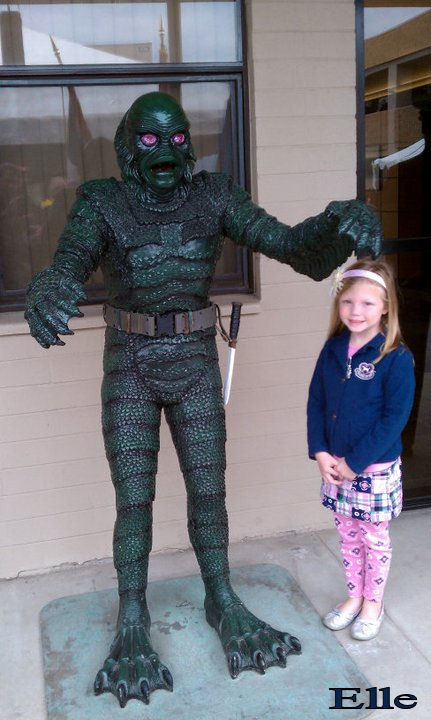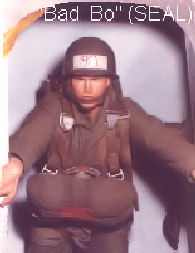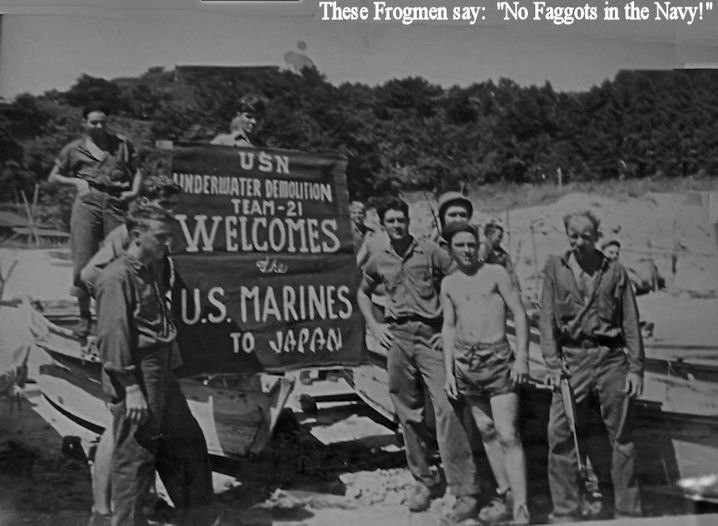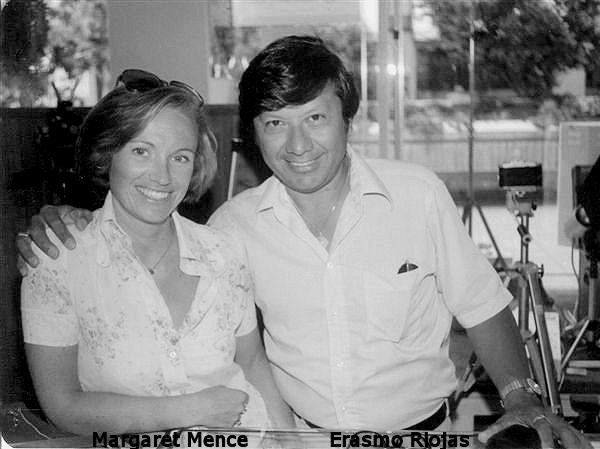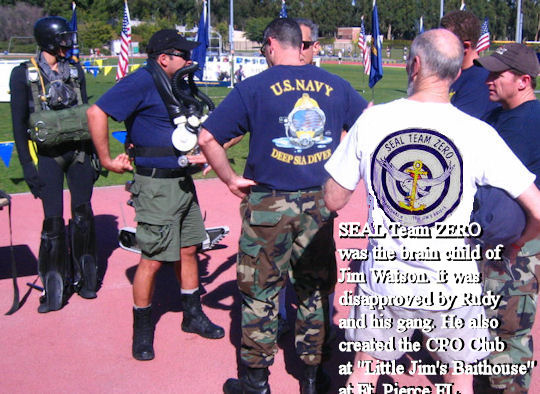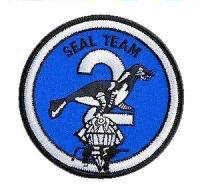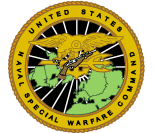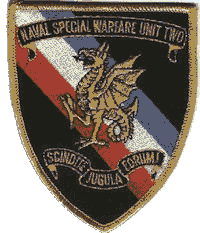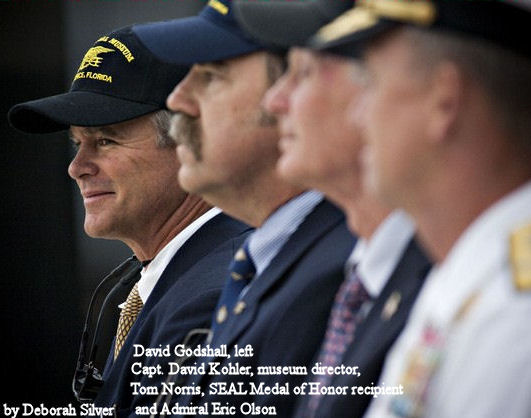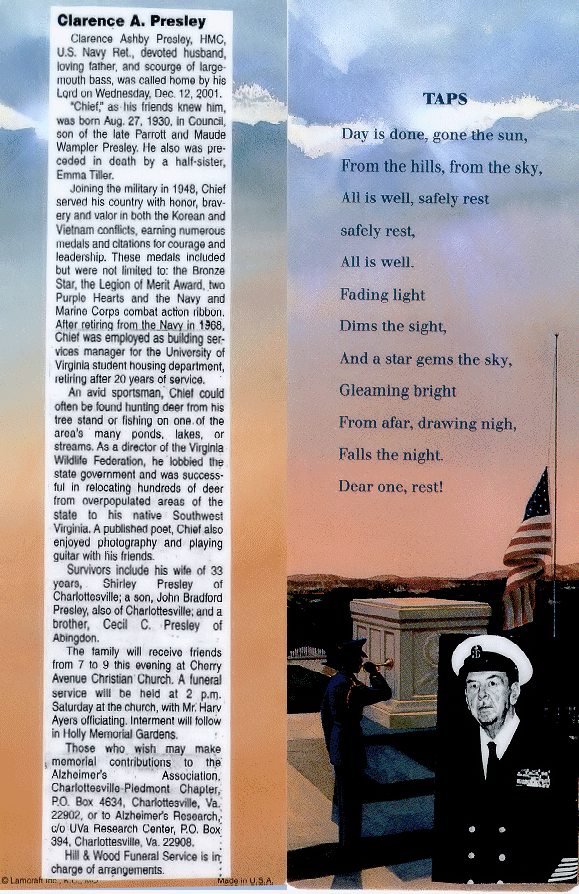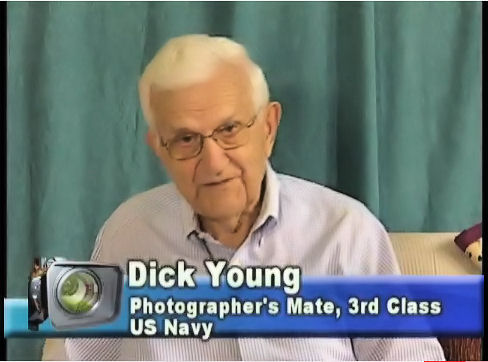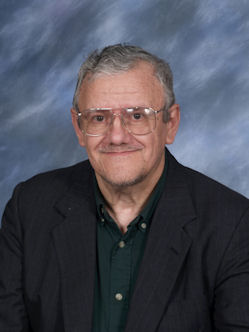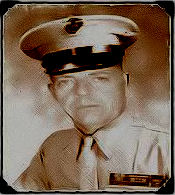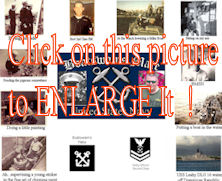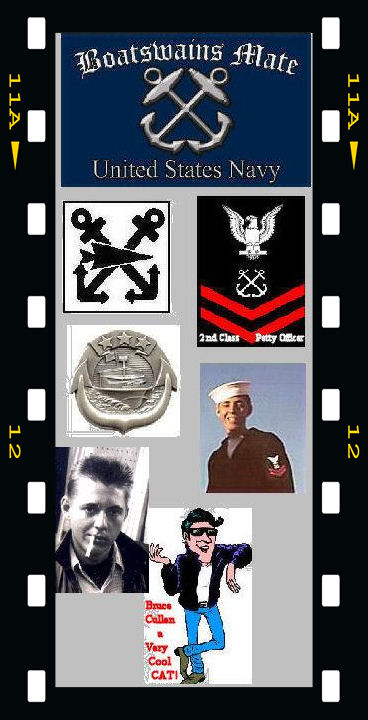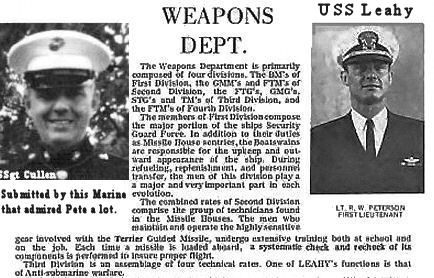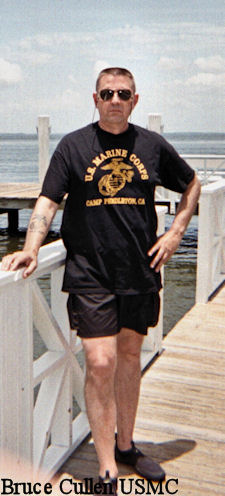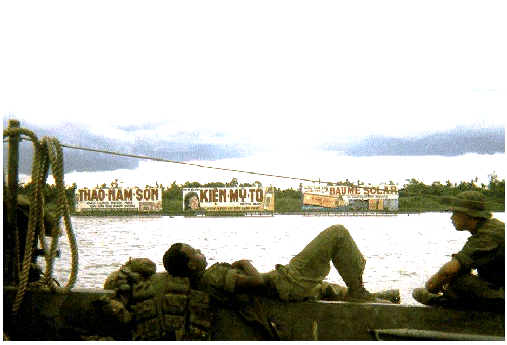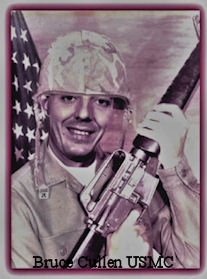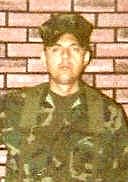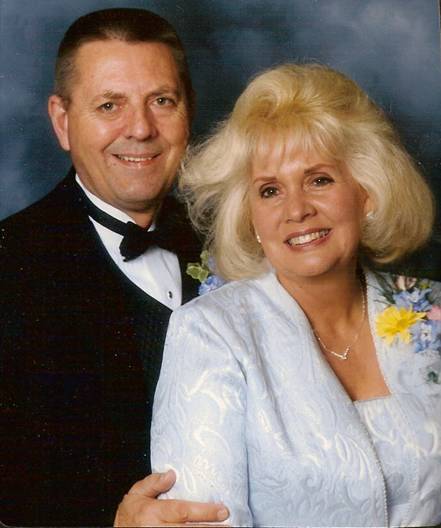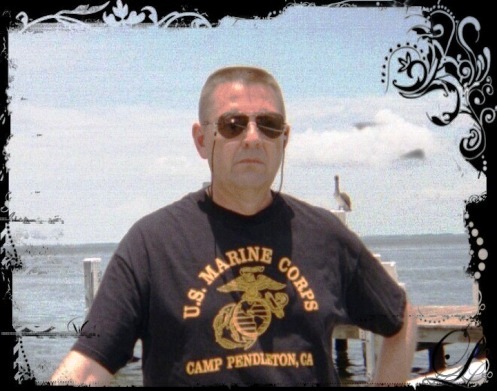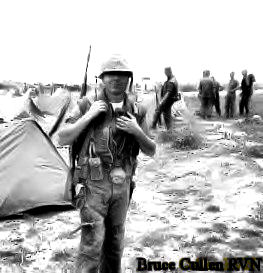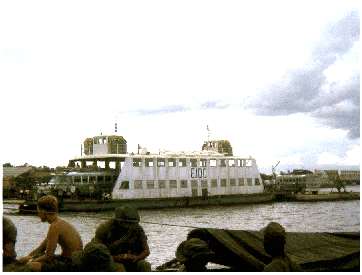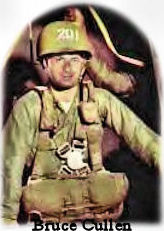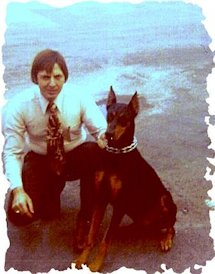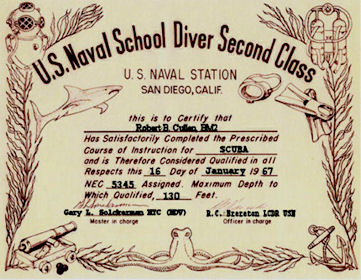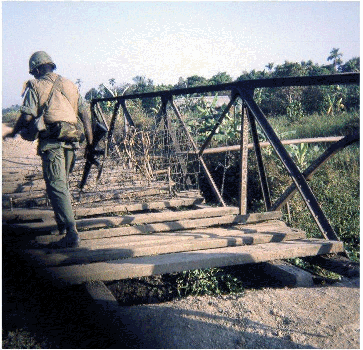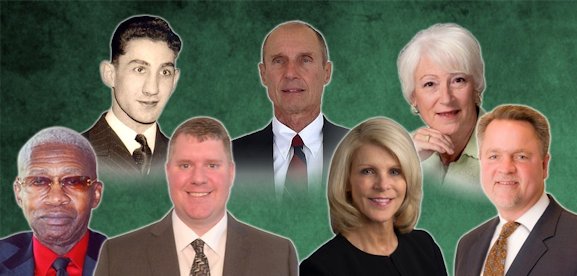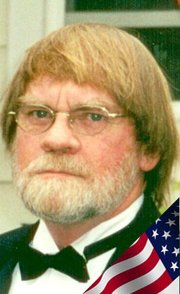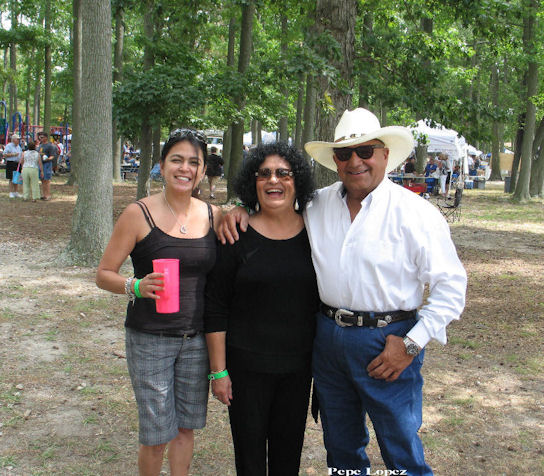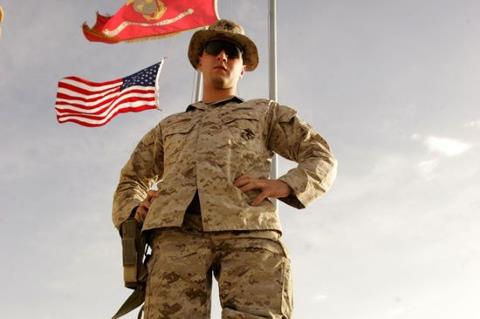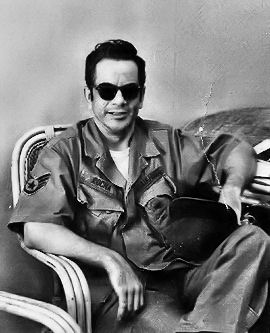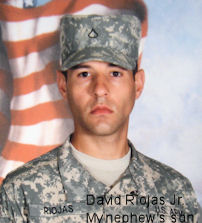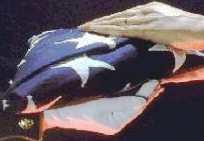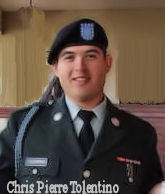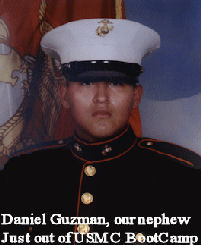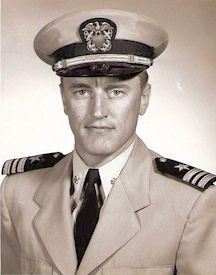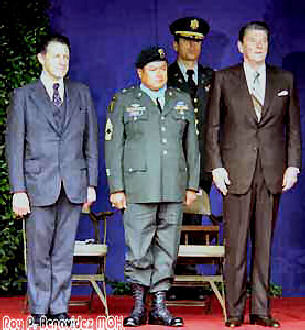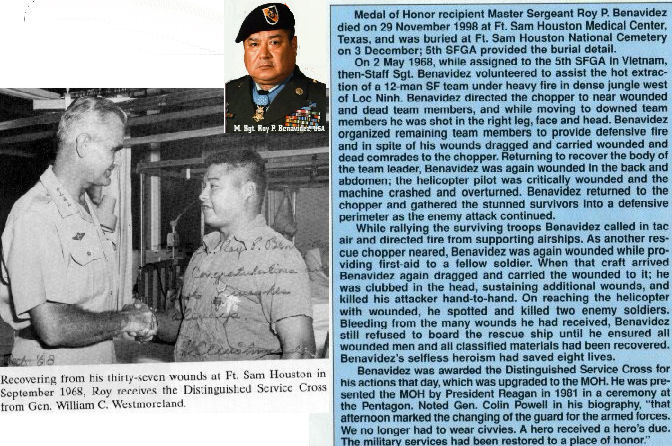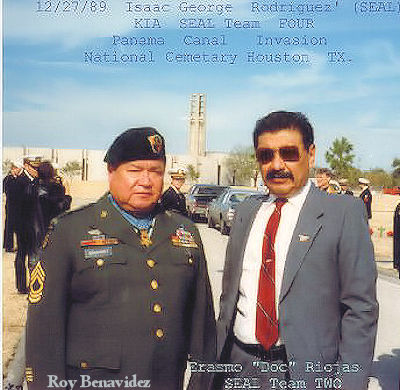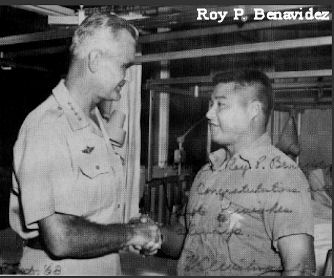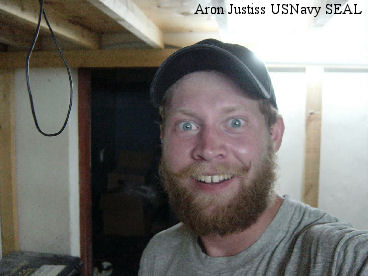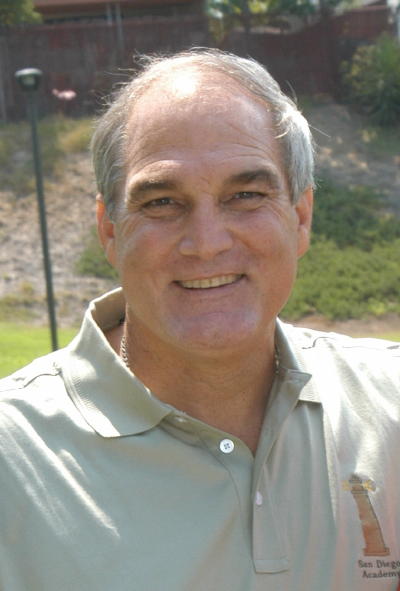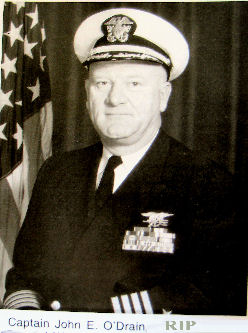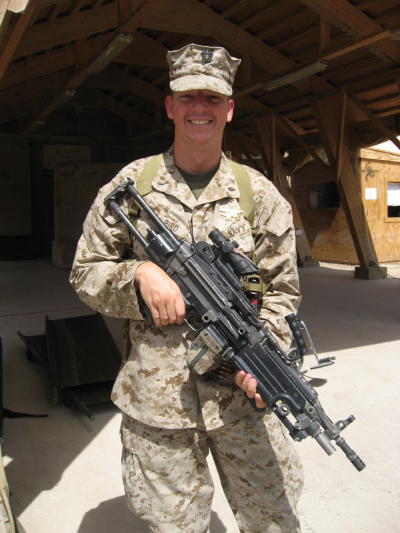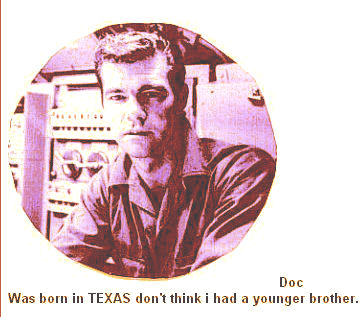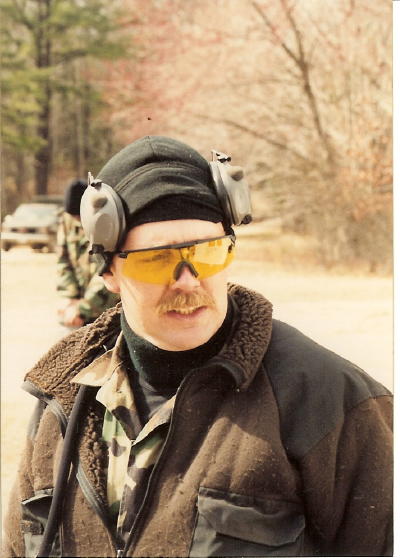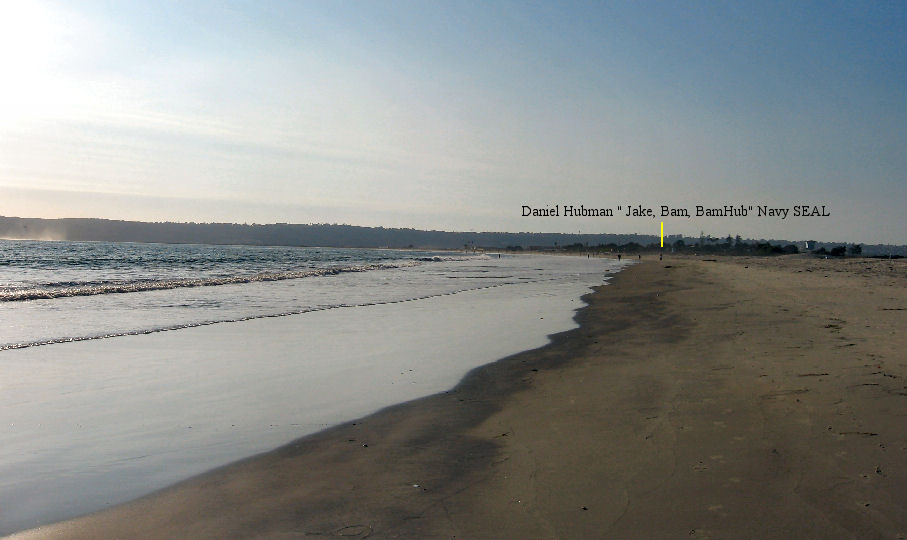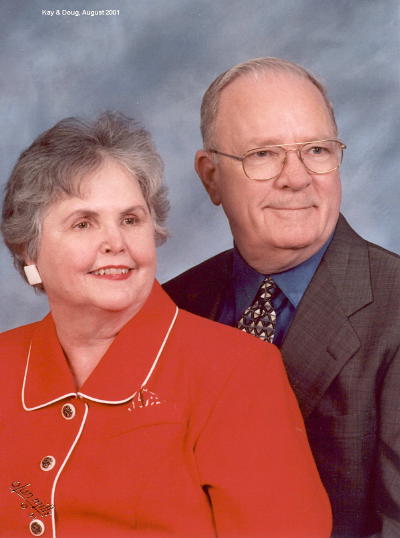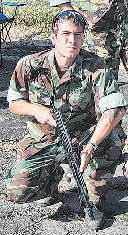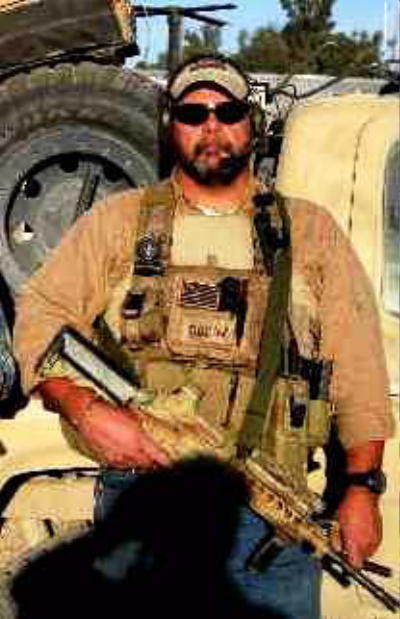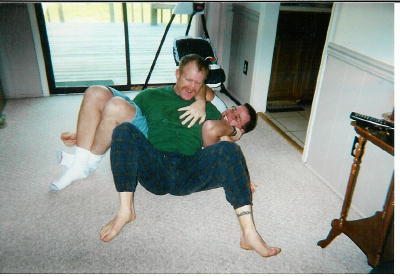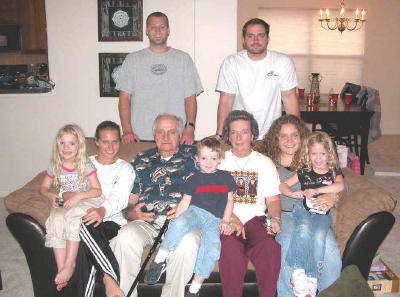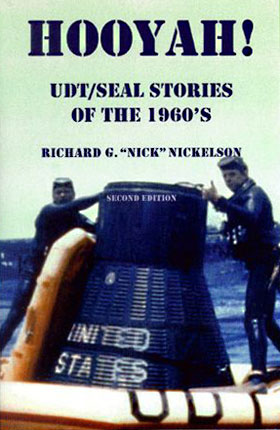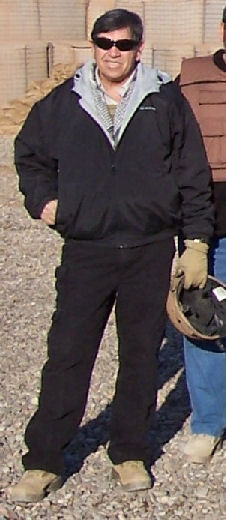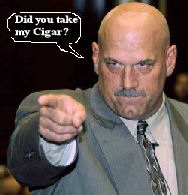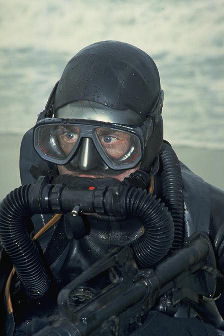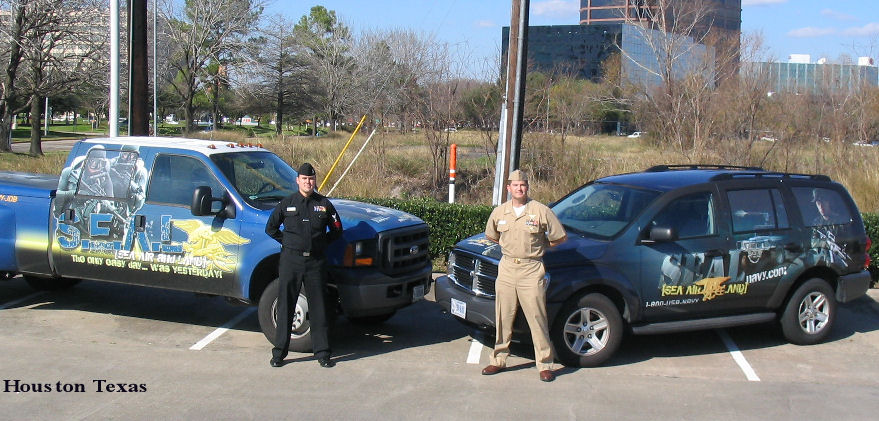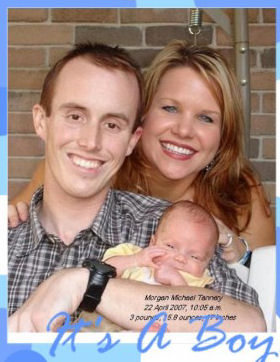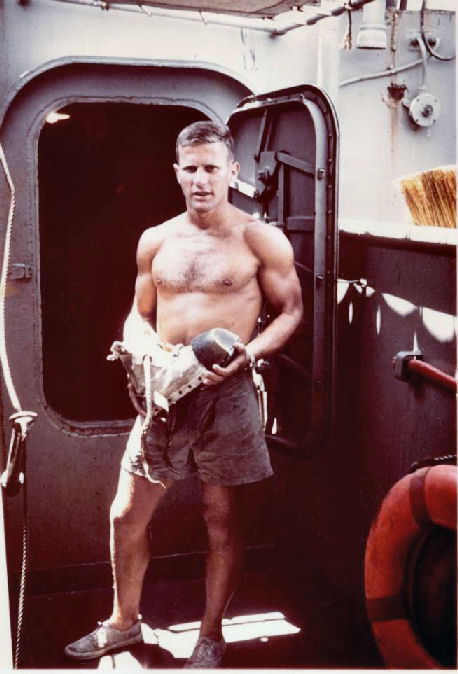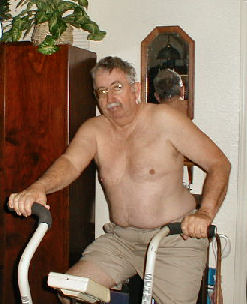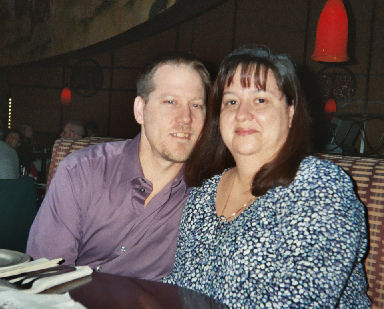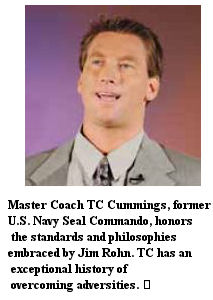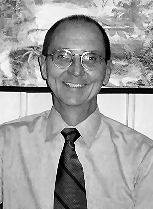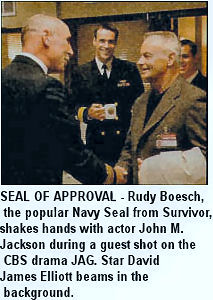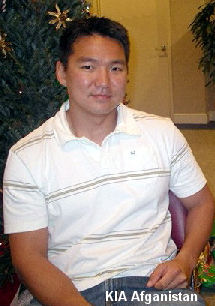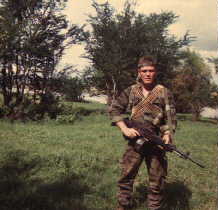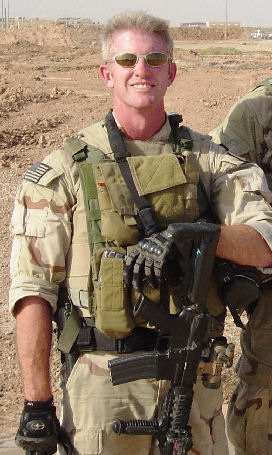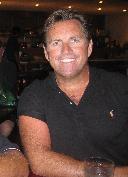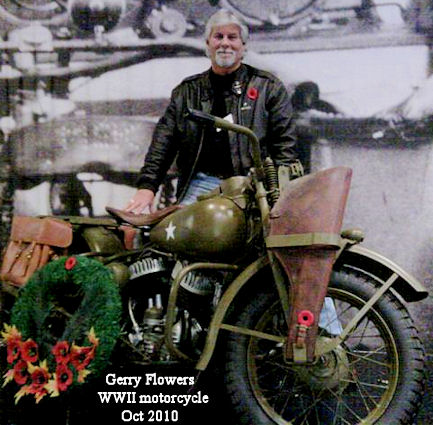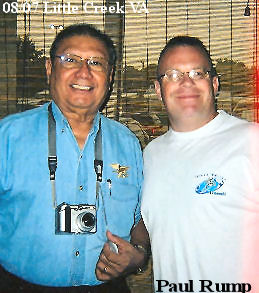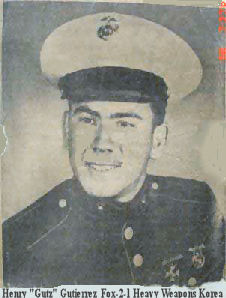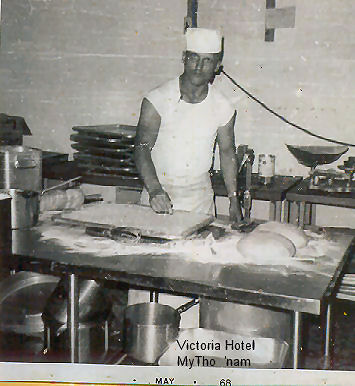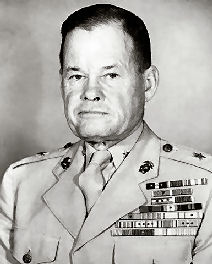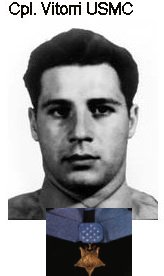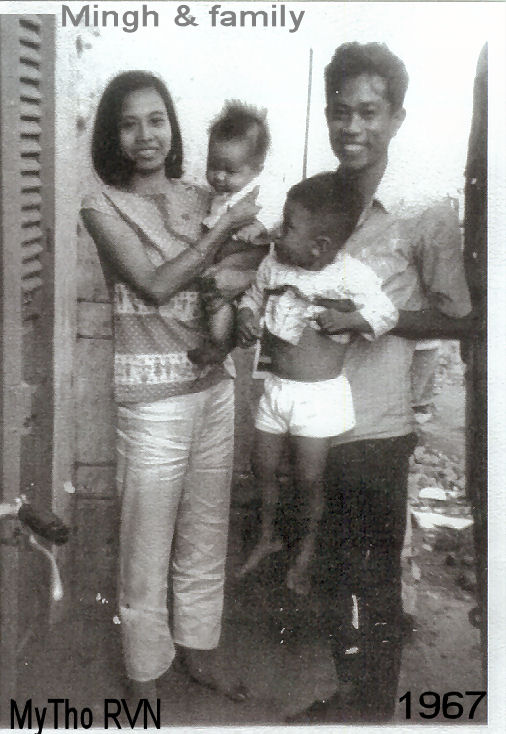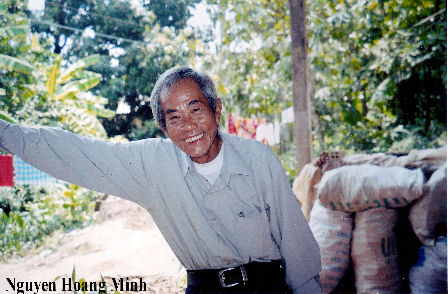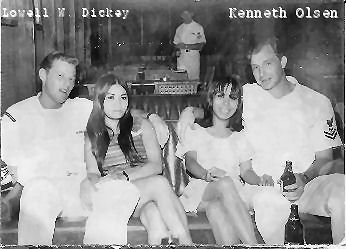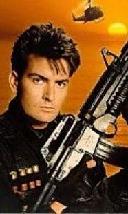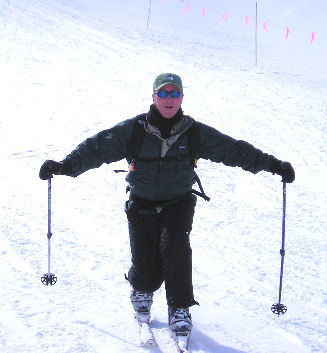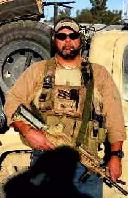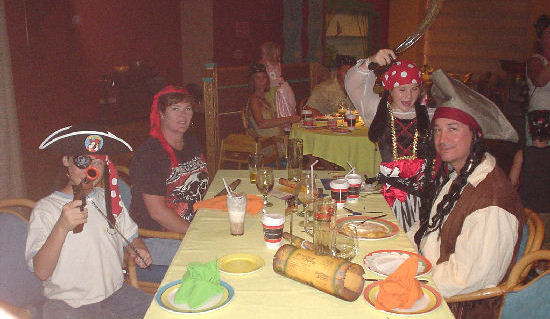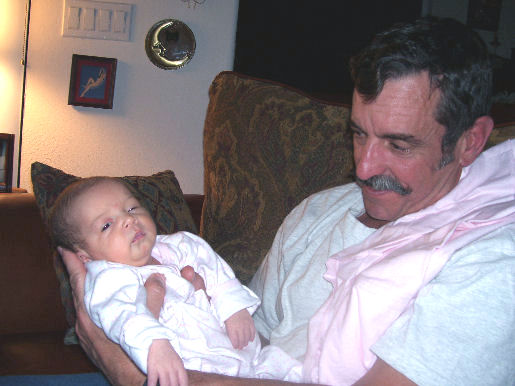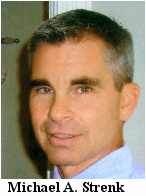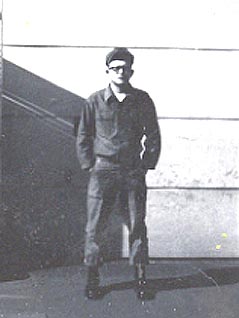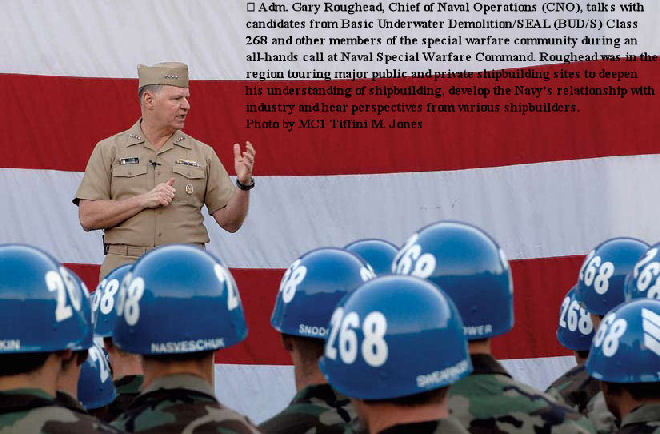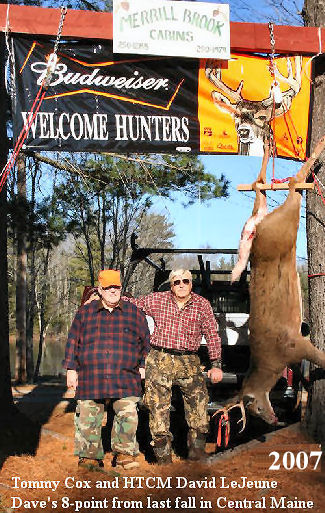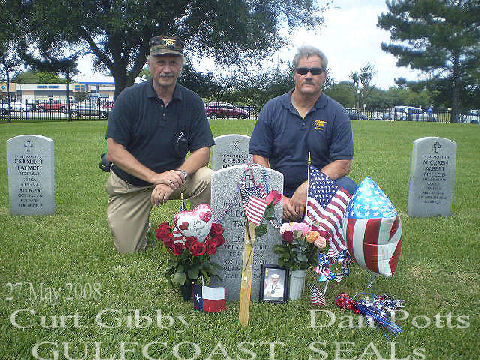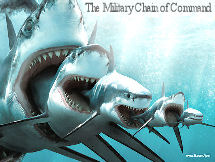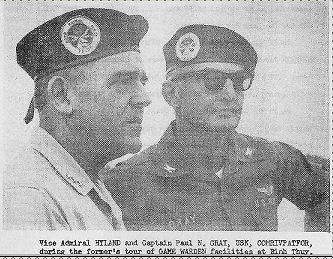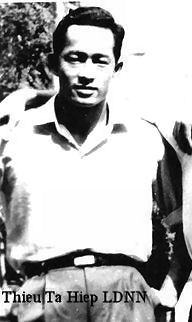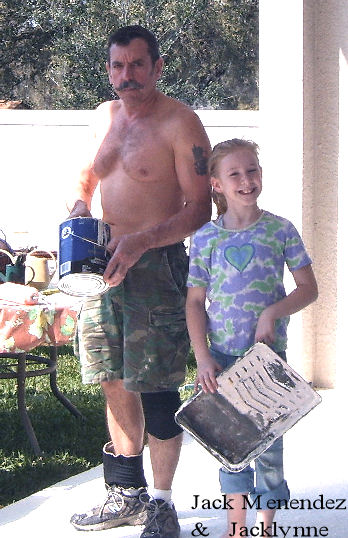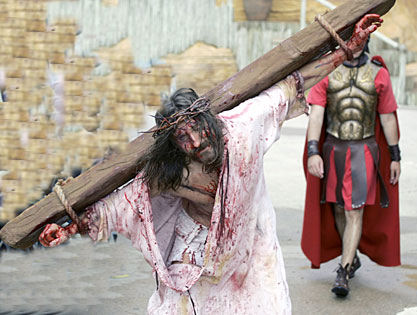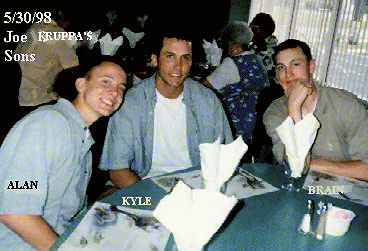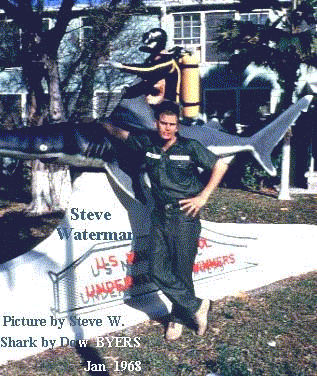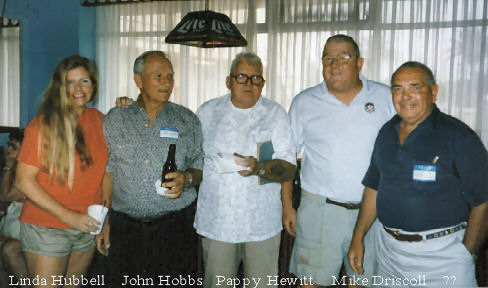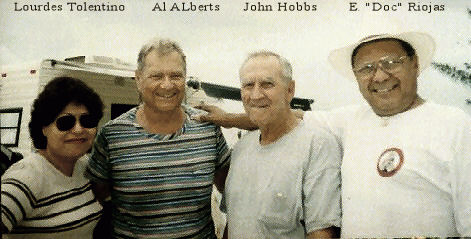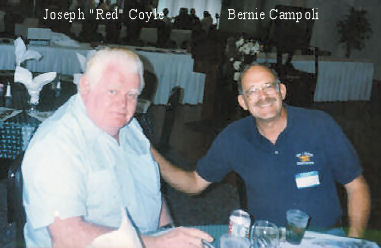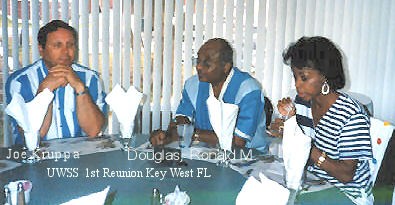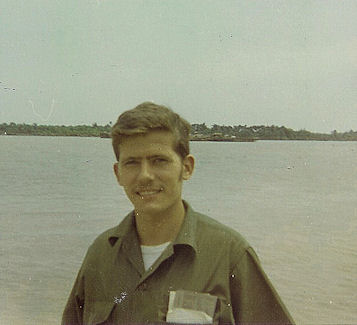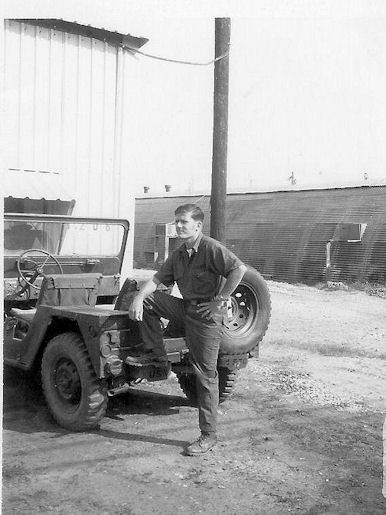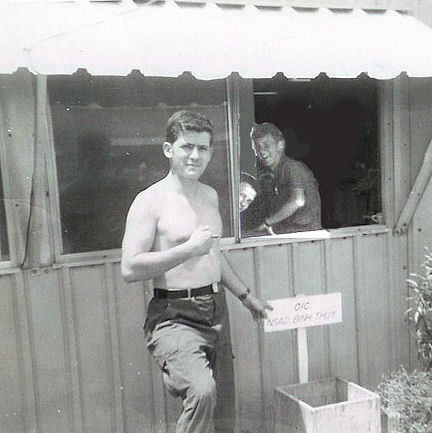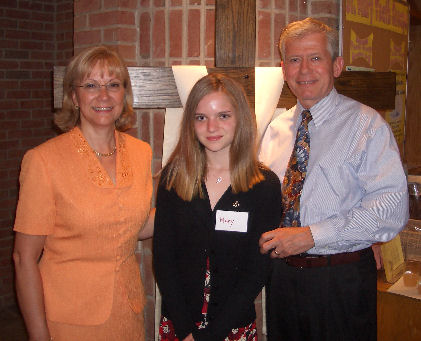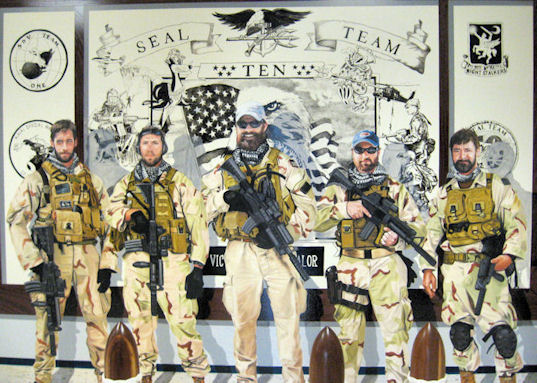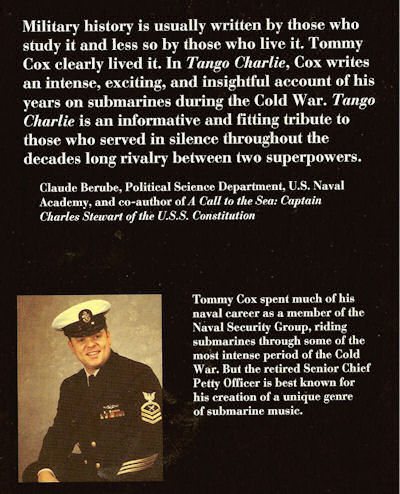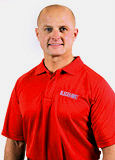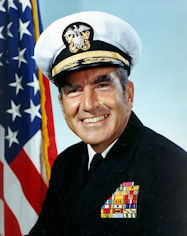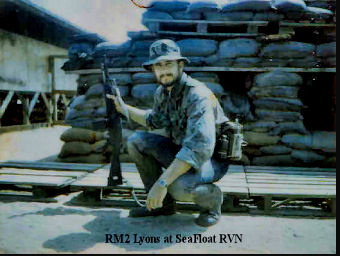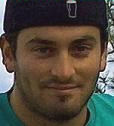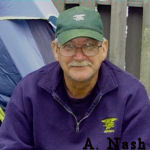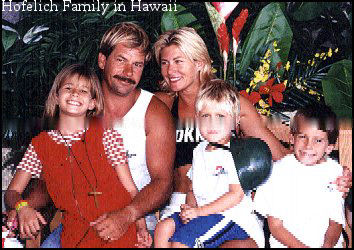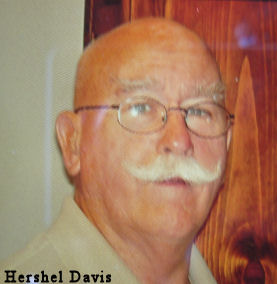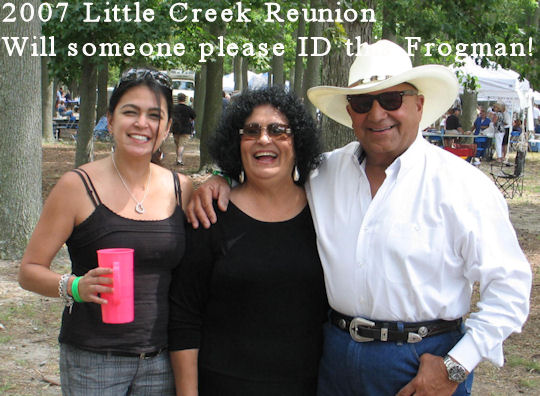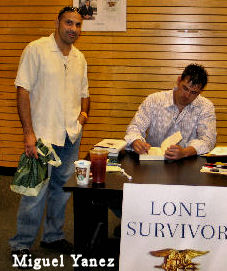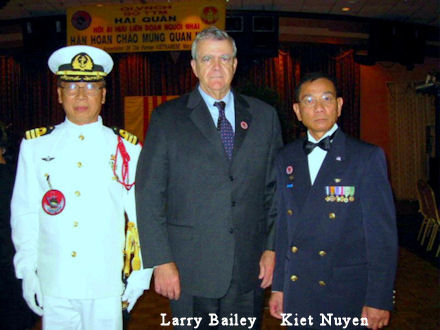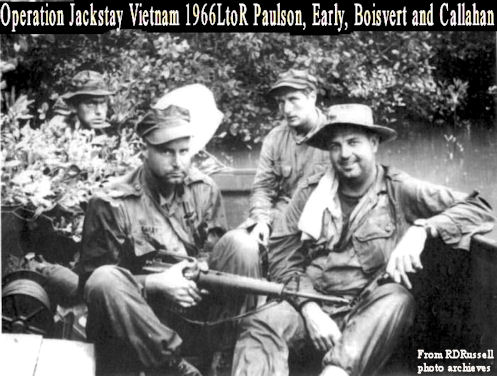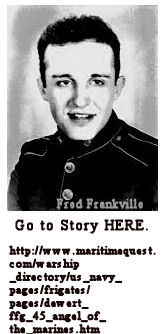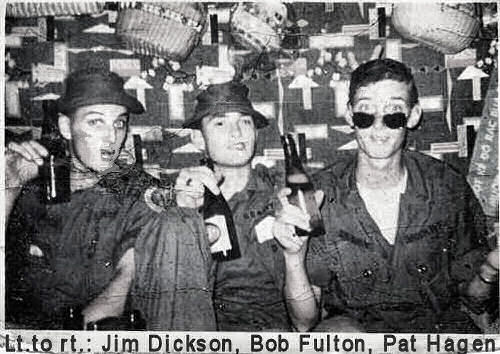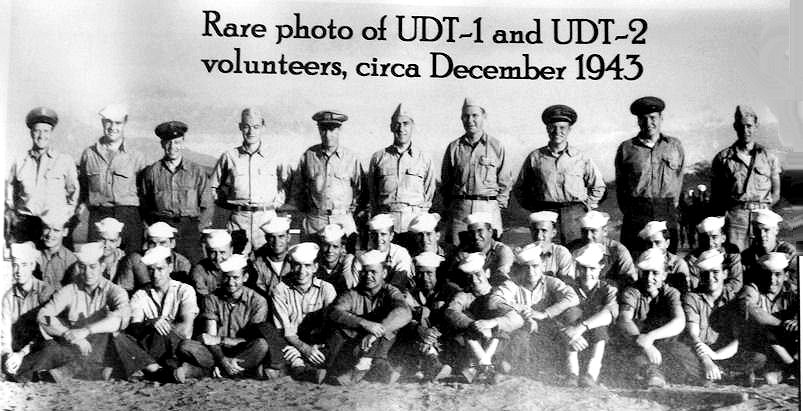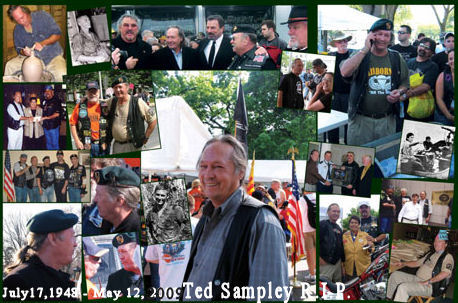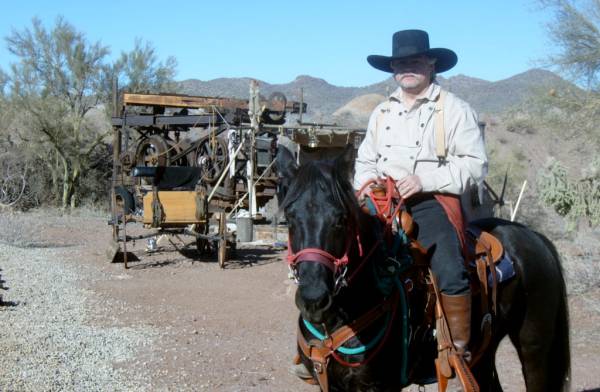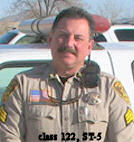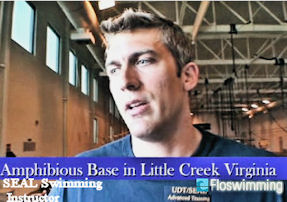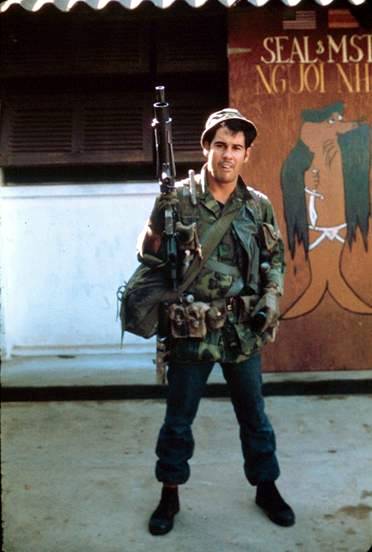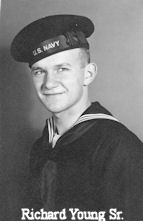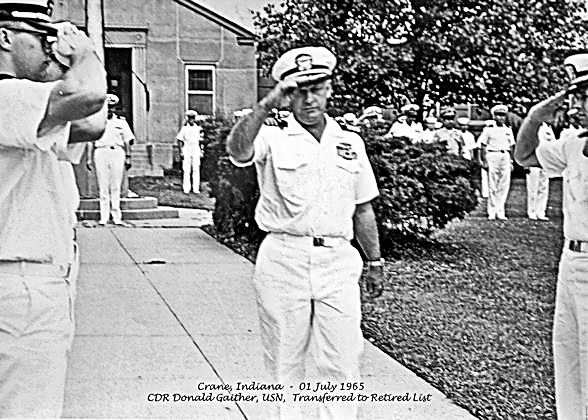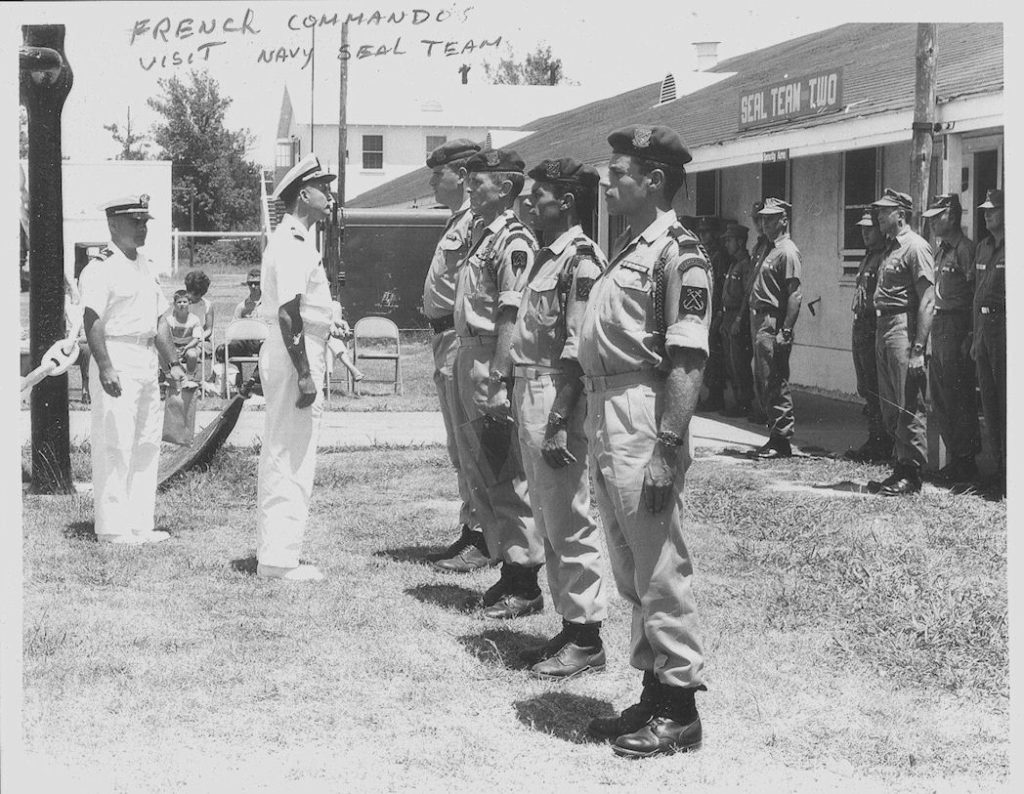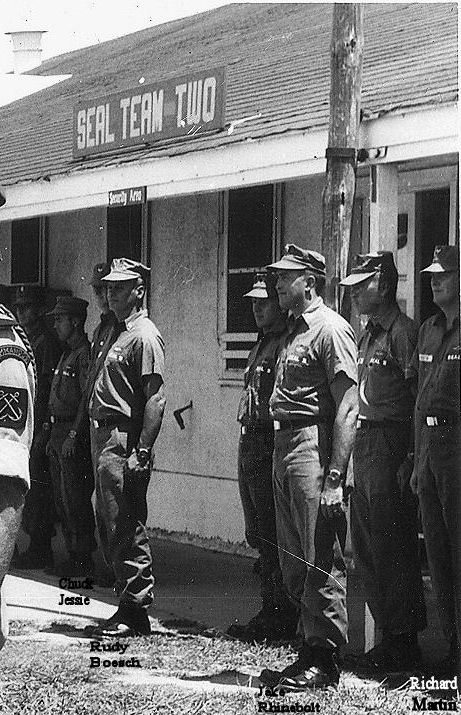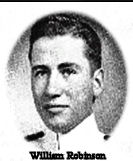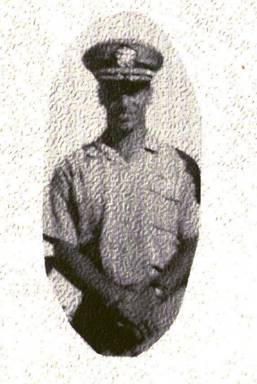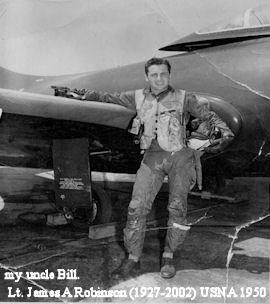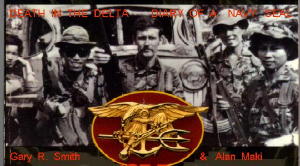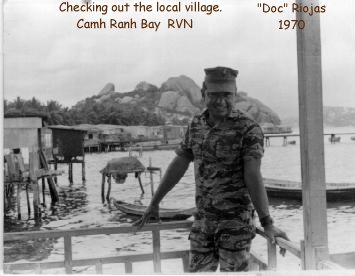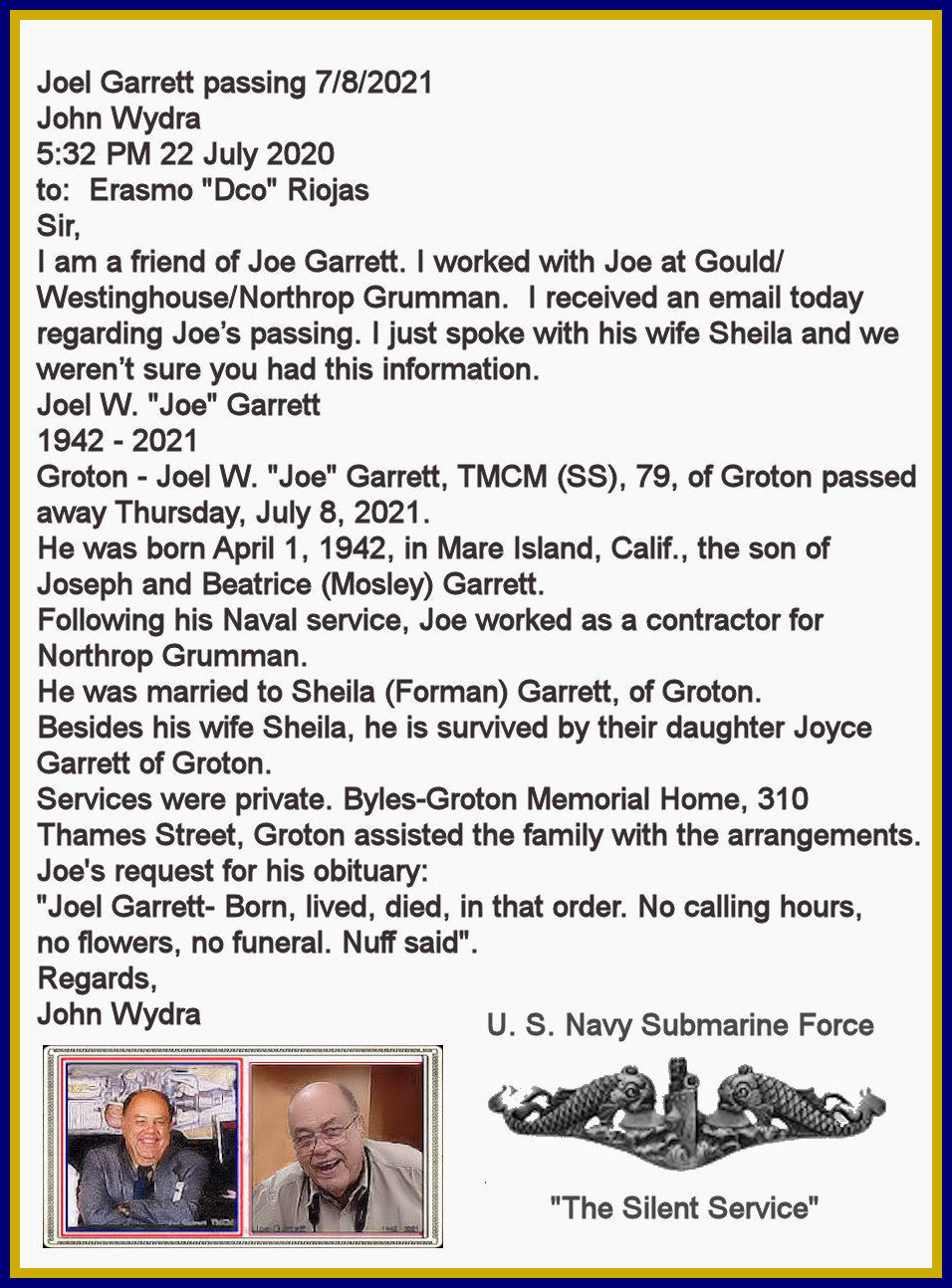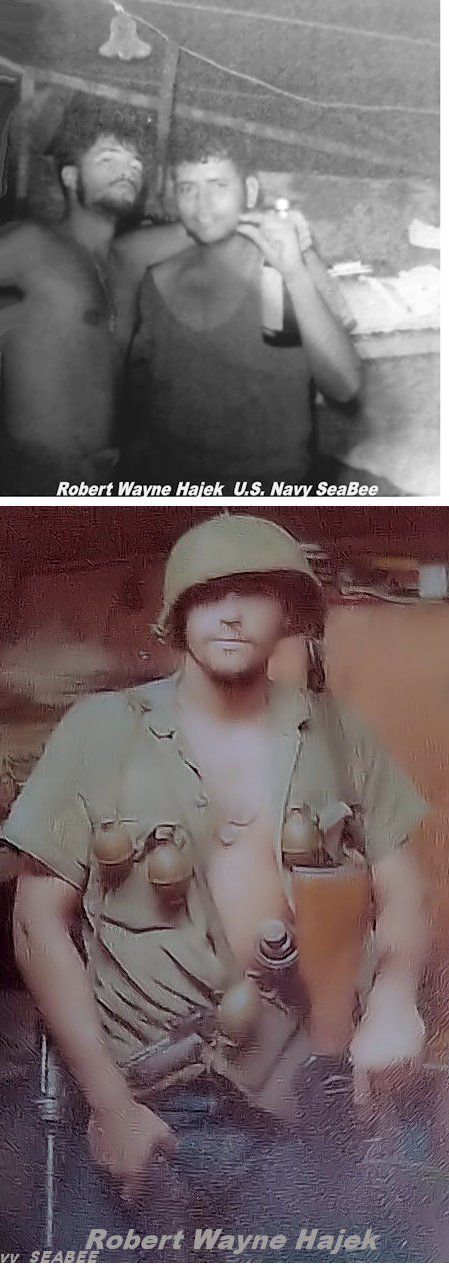America’s First SEa, Air, Land Commando
—Lieutenant Jack Taylor, USNR
By: Tom Hawkins
History of OSS MU A Marine Section was established in the Special Operations Branch (SO) 20 January 1943, with responsibility for planning covert infiltration operations by sea. This section was removed from the SO Branch and redesignated Maritime Unit (MU), and given branch status under the general supervision of Office of the Deputy Director—Psychological Warfare Operations, effective 9 June 1943, by Supplement 4 to General Order 9, OSS, 10 June 1943. The Maritime Unit had overall responsibility for planning and coordinating infiltration of agents of other branches by sea; supplying resistance groups by sea; engaging in maritime sabotage; and developing special equipment to effectuate infiltration by sea. MU was abolished with OSS, effective 1 October 1945.America’s First SEa, Air, Land Commando —Lieutenant Jack Taylor, USNRBy: Tom Hawkins I must confess that I’ve become somewhat obsessed with Lieutenant Jack Taylor, who is ageless in my mind. I first learned about him several years ago, and since then, he is frequently somewhere in my thoughts. I think this is because I ceaselessly regret he did not live long enough to be known and honored by the Naval Special Warfare community. We have several photos of him (all printed in this edition of the BLAST) that I frequently uncover when sorting through my piles of papers. Finding his photographs always makes me pause and reflect upon his life and WWII experiences: successes, extreme hardships, suffering, intrepidity, and distinguished service to our Nation.
All of us in Naval Special Warfare need to know and appreciate Jack Taylor. He was, without question, America’s First Sea, Air, and Land commando. He was, of course, not technically a SEAL, since there were obviously not units called SEALs during WWII, but he was in the Navy, and he was posted to the Office of Strategic Services (OSS) Maritime Unit (MU), where he had no equal in the extraordinary service he performed.
To honor Lieutenant Taylor, I’ve been contemplating this dedicated edition of the BLAST for several years. The recent combat deaths of Neil Roberts and Matt Bourgeois, wounding of several more of our men in Afghanistan, and the recent article by Dave Del Giudice in the last BLAST (2Q2002), about the origins of SEAL Teams, have caused me to believe that now is the appropriate time. As you read about Lieutenant Taylor, I think the reasons will be obvious.
When World War II began, Dr. Jack Taylor was a 33-year old dentist with a well-established practice in Los Angeles, California. He enjoyed the fruits of his profession through a passion for the sea. Published stories tell about how he navigated in five California-to-Honolulu yacht races and two in Bermuda. He was a licensed pilot as well, and during an expedition to the Yukon, he had been trapped for two days in a gold mine after an earthquake struck. His life adventures before the war were a natural extension of his character, and what he experienced before the war would be no match for what he was to encounter. When the war came along, Dr. Taylor cast aside an assured commission in the Navy Medical Corps and became a line naval officer wanting to serve his nation in combat. He was at first assigned to a surface ship, but his reputation as a seaman had preceded him into the Navy, and the newly created OSS enlisted his services almost immediately. OSS needed officers and enlisted men that knew small boats and could navigate unknown coastlines in the night and slip ashore into enemy-held lands.
In early 1942, Jack Taylor was, in fact, one of the first three officers assigned to the OSS component that would later become known as the Maritime Unit. He was enlisted from the Navy primarily to become an instructor in boat handling, navigation, seamanship, and underwater demolition. Training was set up at a secret school at an OSS base located on the Potomac River near Washington, DC. The base was known simply as “Area D.” It was located in rural Maryland almost directly across the river from today’s Marine Corps Base, Quantico, VA.
Note: I have walked these grounds, which are now private property and a supreme and time consuming task to locate. There is little evidence today that anything significant occurred on the property. We have been unable to find a single photo taken at Area D.
Jack Taylor was deeply involved in the early planning and development of the maritime school, as well as policy making for the future Maritime Unit. As the difficulty of training progressed, the OSS men expanded in to a wider variety of areas involving clandestine maritime infiltration, supply, and sabotage. Indeed, imbedded within recognized Maritime Unit training and operational activities are the pedigree and heritage of today’s SEAL Teams and Special Warfare Combatant Craft (SWCC).
In addition to amphibious small-boat training, in the autumn of 1942 OSS, men at Area D began experimenting with equipment that would provide them capabilities to perform missions involving underwater sabotage. Central to this was examination of the Jack Brow and Lambertsen Units, both experimental closed-circuit pure-oxygen underwater breathing apparatus.
Note: Both UBAs were first tested by a Navy qualified Navy diver, Gunners Mate Third Class John Spence, who had been posted with OSS and later deployed with “L-Unit,” the first operational group of OSS divers deployed for combat. We now consider Mr. Spence “America’s First Frogman,” and he is a Lifetime Honorary Member of the UDT-SEAL Association. His story can be found in the 1Q2000 edition of the BLAST.
The Lambertsen Unit was subsequently adopted by OSS, and on 18 February 1943, General Donovan approved plans for the first underwater swimming group. The group was to be called “L-Unit,” and consisted of two smaller groups. Lieutenant Taylor would command one of these groups and Lieutenant R.J.H. Duncan, USNR the other. The men were being specifically trained in the U.S. and later in England to launch attacks against German submarine pins on the South coast of France.
During training with Dr. Chris Lambertsen, Lieutenant Jack Taylor swam underwater for over a mile and stayed down for a period extending more than 48 minutes.) This was an extraordinary accomplishment at the time, since self-contained breathing underwater was a new concept, and combining the capability with military tactical application had only been previously attempted (with great success) by the Italians and later the British (also with great success).
Note: Dr. Christian J. Lambertson, MD had some part in training every group of combat divers assigned to OSS and also UDT divers after the war. He is considered by us “The Father of U.S. Combat Swimming,” and is an Honorary Lifetime Member of the UDT-SEAL Association. Dr. Lambertsen is featured in the 2Q1997 edition of the BLAST. The OSS Diving Unit’s history is recounted in detail in the 1Q2000 and 2Q000 editions of the BLAST.
Before L-Unit was operationally deployed, the Maritime Unit had attained branch status, and Lieutenant Taylor was replaced in the diving unit and instead sent to organize MU operations in the Middle Eastern Theater of Operations. This region, designated METO by OSS, extended from the eastern approaches of Italy and included all of the area in the Eastern Mediterranean Sea. As a Navy Lieutenant, Jack Taylor was actually one of the more senior and experienced officers in the MU and, thus, a natural if not necessary choice to send to command the MU in Europe.
Lieutenant Taylor arrived in Turkey some time in July 1943 to serve as the first Chief of MU in the METO, and despite exceptional organizational skill and seamanship qualities, he had great difficult setting up OSS operations in the region. This resulted from of a combination of low rank (he had to stand against the bird Colonels—a familiar story!), military dominance (and Service arrogance) in the region, lack of equipment (boats and men—the military had little to spare.), and, too, lack of recognition within OSS itself.
Nonetheless, by August 1943 he had acquired several indigenous craft called “Caique” and set up an enormously successful infiltration and exfiltration operation using partisan personnel. Caiques were practically all small wooden-hulled vessels with auxiliary sails, averaging from 10 to 40 tons and powered by gasoline engines. They were manned by Greek crews almost without exception. (Note: This period of Lieutenant Taylor’s story is told in significant detail in the 3Q2001 and 4Q2001 editions of the BLAST.)
Including the summer of 1943, and for a period that encompassed about 18 months, Lieutenant Taylor conducted over 14 sorties into the hostile shores of Corfu, Yugoslavia, and Albania. On one mission he is said to have survived alone for 45 days on an enemy-held island off the coast of Albania. His most conspicuous mission, however, was yet to take shape.
He was relieved of duties as Chief of MU the following December and largely, we can assume through personal initiative, got himself assigned with the OSS SO (Special Operations) desk in Bari, Italy, where he was to plan and participate in a behind-the-lines operation, including his now most well-known assignment called the DUPONT Mission.
The DUPONT Mission would prove to be the most difficult and life-changing task Jack Taylor would ever experience.
The mission was scheduled for the fall of 1944. The plan was for four men, one American and three Austrian partisans to parachute near the industrial city of Wiener Neustadt, Austria, about 25-miles south of Vienna. Here was located a major nexus of the German transportation system supplying the Italian front and the Rax Werke, a key German aviation plant. Here, as well, the Germans were said to be constructing major barriers against an Allied advance from the south, the so-called “Southeast Wall.”
OSS planners thought that the Allies might be able to marshal a resistance movement around Wiener Neustadt from among the many anti-Nazi Austrians believed to live in the area. American military forces had not one single source of intelligence from this region of the Reich. Successful penetration of Wiener Neustadt and the surrounding country could yield an intelligence harvest, and the DUPONT Mission was the answer.
The DUPONT Mission would depart for the Reich on Friday, October 13, 1944, and this particular Friday the 13th would prove to be tremendously unlucky day for the men involved. We have provided a complete accounting of this mission through the debriefing papers of Lieutenant Jack Taylor in the next article in this edition of the BLAST.
The same story is also told with additional detail in Chapter VIII of a book by author Joseph E. Persico entitled, Piercing the Reich, The Penetration of Nazi Germany by American Secret Agents During World War II (ISBN 0-670-55490-1). This book was first published in 1979 and has long been out of print. The book can be found on the Internet through a search of various on-line sources specializing in out-of-print publications. Mr. Persico’s book illustrates conflicting negative and positive views of Jack Taylor’s character. Through interview and discussion with other OSS MU personnel, we have not been able to establish anything negative about Jack Taylor. Conversely, he seemed always to have been “in search of the fight,” with every desire to meet the most extreme operational challenges. (Hallmark of a true SEAL.)
You will note as you read about the DUPONT Mission that Jack Taylor and three companion partisan operatives were eventually captured, tried, convicted, and placed in prison camps.
Much of Lieutenant Taylor’s first-person narrative is about his capture and imprisonment, but the complete story is quite compelling, and we hope you will attempt to read it in detail. The mission itself was quite successful from an intelligence collection perspective, however, it was conducted with much difficulty; resulting in the capture of all four men. Taylor, who had been given “special treatment” by the German SS, was sentenced to be executed and eventually was taken to the Mauthausen extermination camp. Although in poor physical and mental condition, he was liberated by American forces on 5 May 1945. His debrief contains the following statement:
“After the Americans had liberated us, I discovered that I should have been executed on 28 April 1945, along with 27 other prisoners from Block 13. A friendly Czech, Mylos, who worked in the political department had, unknown to me, removed my paper and destroyed it so that I was not included with the 27.”
He had unwittingly escaped execution, but his long-term fate was to be death by starvation and body shut down unless something dramatic happened, and it did. Again, in the words of Lieutenant Taylor:
“American P-38’s came over at about 100 feet and really gave us a thrill. Every machine gun in the camp opened up on them but nothing happened fortunately. We never dreamed that Americans would ever be near, but we heard rumors that they were in Regensburg and coming fast. The SS departed about the first of May, and were replaced with Vienna fire-police. On the 4th we could hear the American guns. No more executions or brutalities took place after the SS departed. On Saturday 5 May the guns were much louder but still some distance away, and I had no hoped that they would arrive before Sunday. Late in the afternoon, however, I heard rumors that an American jeep and half-tract were at the entrance, and staggering through the frenzied crowd, I found [U.S. Army] Sgt. Albert Kosiek, Troop D, 41st Calvary, RCN, Squad Mechanized, 11th Armored Division, 3rd U.S. Army. I could only say “God Bless America” and hold out my dog tags with a quavering hand.”
SSgt. Albert Kosiek and seven other American soldiers on patrol were entirely unaware of the two large concentration camps (Mauthausen and Gusen) in this area and were on routine reconnaissance for roadblocks, downed bridges, and the like. These men unknowingly became the “Guardian Angles of Mauthausen and Gusen.”
You will discern as you read Lieutenant Taylor’s detailed accounting of imprisonment that he forced himself to memorize and recall an astounding volume of names and details before and following his capture. After liberation, and with extreme passion, he forced himself to return to the extermination camp at Mauthausen, where he collected every scrap of paper, diaries, and journals he could find before they could be taken by the Russians (who were to occupy this area) and destroyed. It was from these papers and his memory that he could glean information to report about German atrocities he had seen and experienced first-hand. He later collected photographs taken by U.S. Army personnel, which became a part of his report.
Note: The DUPONT Mission was downgraded from SECRET to CONFIDENTIAL on 9 July 1976 for CIA circulation and limited historian use. The National Archives declassified our copy of the document on 13 February 1999.
Jack Taylor was promoted to Lieutenant Commander and was in Europe to testify against the Nazi’s at the Nuremberg Trials, where we are certain he provided all or more of the detail in the story of the DUPONT Mission. For his time as Chief of MU and for the DUPONT Mission, Jack Taylor was subsequently awarded the Navy Cross.
The Citation reproduced below was obtained from the Awards and Special Project Branch of the CNO staff in 1999. While preparing this BLAST article, we discovered that a portion of the Citation was missing, and we are attempting to get a complete copy for retention in the NSW Historical Center archive collection. We are struck by the fact that the Citation is a single award for separate and distinct acts of extraordinary valor. Also, by the awkward way the Citation bounces around events and facts. It is either a combination of two awards or it was a single award likely drafted by someone that did not know Lieutenant Taylor personally, and wrote from accounts taken from his records. Citation:
“For extraordinary heroism in connection with military operations against an armed enemy of the United States; as chief of the Maritime Unit, Office of Strategic Services Detachment, United States Armed Forces, in the Middle East, from September 1943 to March 1944, Lieutenant Jack Taylor, USNR, personally commanded fourteen separate sorties to the Greek and Balkan enemy-occupied coasts. This activity was carried out despite intense enemy efforts to prevent any kind of coastal traffic whatsoever. Lieutenant Taylor, through clandestine operations, deserving of the highest commendation and careful planning and skillful navigation effected numerous evacuations of intelligence agents, doctors, nurses, and downed airmen. Tons of arms, ammunition, explosives, and other military supplies were delivered to Marshal Tito and other resistance forces through the efforts of Lieutenant Taylor. For three months, at all times surrounded by enemy forces, and on three occasions forced to flee from enemy searching parties, Lieutenant Taylor and his intelligence team operated in Central Albania and transmitted by clandestine radio important information regarding enemy troop movements, supply dumps, coastal fortifications, anti-aircraft installations and other military intelligence of great value to the Allied forces. Parachuting into enemy territory on the night of 13 October 1944, with a team of three Austrian deserter-volunteers, he had personally trained and briefed, he began a secret intelligence mission to Austria. Handicapped from the very start by failure to their plane to drop radio equipment, living in constant danger of capture, and the physical and mental strain on his men, the courage and energy of Lieutenant Taylor prevailed and throughout the remainder of October and November, the mission collected target intelligence of the highest value to the Allies. On 30 November, the eve of their departure for Italy, the party was captured by the Gestapo. Through four months of imprisonment in Vienna and one month in Mauthausen prison camp, he was subjected to the customary interrogation methods of the Gestapo. During his capture, Lieutenant Taylor injured his left arm seriously. With this handicap and also being forced to exist on starvation rations and work at hard labor, he resisted all attempts to force him to divulge security……the brilliant results of his operations have been an essential aid to the victory of Allied Arms.
“You may actually listen to and view Jack Taylor on the day of his liberation from the Mauthausen extermination camp. This can be done by watching an extraordinary film clip that we have found on the Internet. Go to: http://www.us-israel.org/jsource/Holocaust/mauthfilm.html
The quality of the film as broadcast over the computer is not good, and much of the film has no sound, but be patient and wait for the portion of the film with real-time commentary by the recently liberated Lieutenant Taylor. Note in the film too, and in the still photos we have published in the BLAST, that Lieutenant Taylor is always dressed quite “formally” with tie and jacket (although perhaps a POW jacket). His appearance is remarkably good and belies the weight loss and harsh treatment he experienced at the hands of the German Gestapo.
After returning to the United States, Jack Taylor quickly faded into civilian life, but became very nervous and unsettled as a result of his wartime experiences. Rather than immediately returning to dental practice, he attempted to establish “Taylor Products,” a “Marine Specialties” company and continued exploiting his love of the sea. The business attempt apparently did not work out well for him, and he eventually began to devote full time to a dental practice in Santa Monica, CA.
For a while, he did maintain contact with Dr. Chris Lambertsen who, after the war, returned to the University of Pennsylvania. Dr. Lambertsen provided us a copy of a very self-explanatory item of correspondence from Jack Taylor, which is reproduced elsewhere in the BLAST. Like many of the veterans of WWII, life was particularly harsh on the men and women of OSS, whose exploits remained secret for many years after the war, and Jack Taylor was no exception. Sadly, he was to live only 13 more years after his return home.
Dr. Jack Hendrick Taylor at the age of 51 years was killed in a car crash near his home in El Centro, California in the month of May1959; long before he could be afforded any public recognition. His wife, parents, daughter, and sister survived him. We have been unable to make contact with any family members. We suspect that his daughter is still alive somewhere in Southern California. At the time of her father’s death, she lived in the San Fernando Valley as Sally Taylor.
Jack Taylor did it all. Under, on, and from the sea; parachuting from the air; and, operating on land behind enemy lines. Was he the “First SEAL?” Not really, but he represents the epitome of today’s SEAL Team and SWCC operator, and certainly he served in the finest tradition of any past or current member of the Naval Special Warfare community. Assuredly, he must be embraced as America’s first true maritime special operations commando.
Since we could not honor him in life, we have strived in a small way to honor him after his untimely death. A man of admirable exploits. A man of distinguished valor! A true American Hero! HooYah! Jack Taylor.
This email was cleaned by emailStripper, available for free from http://www.papercut.biz/emailStripper.htm

